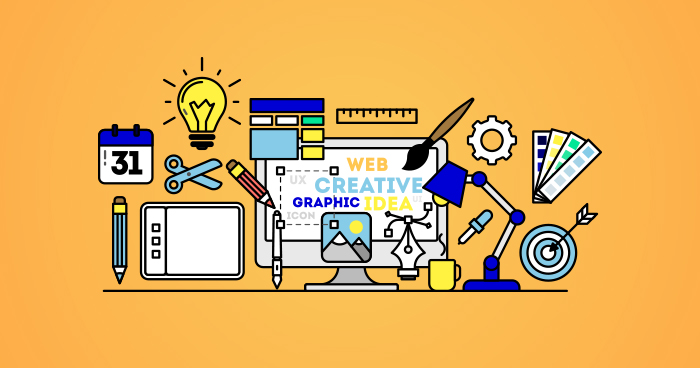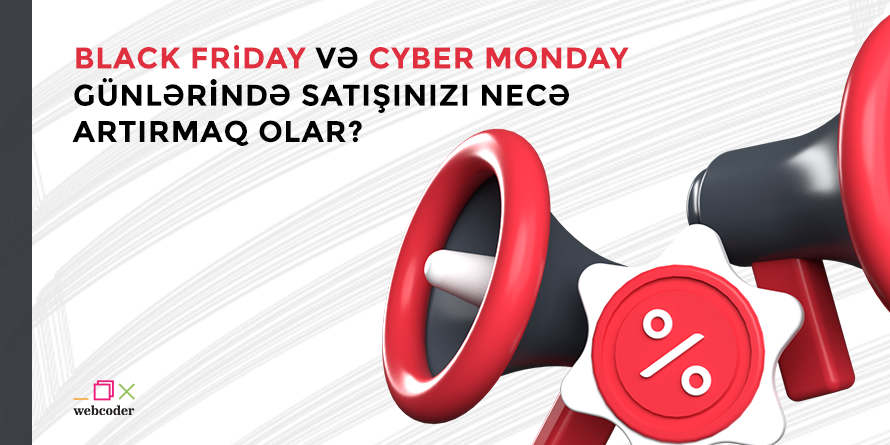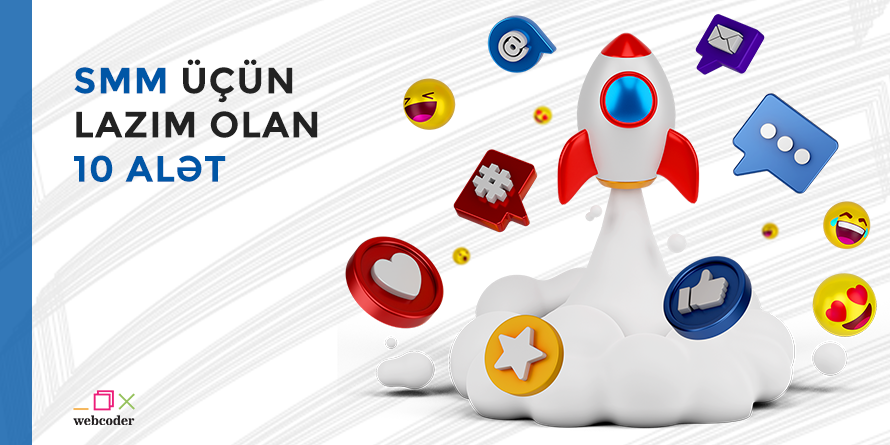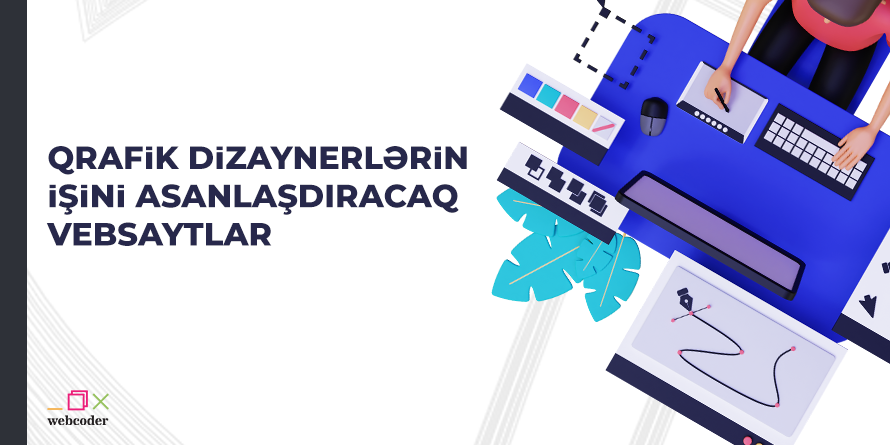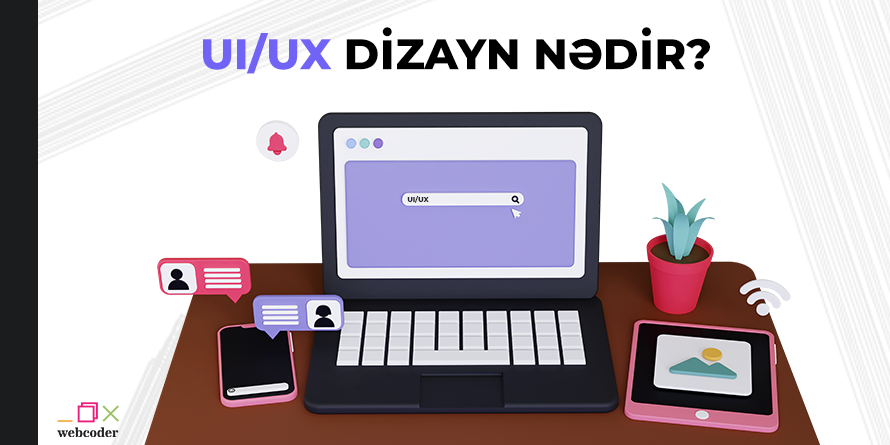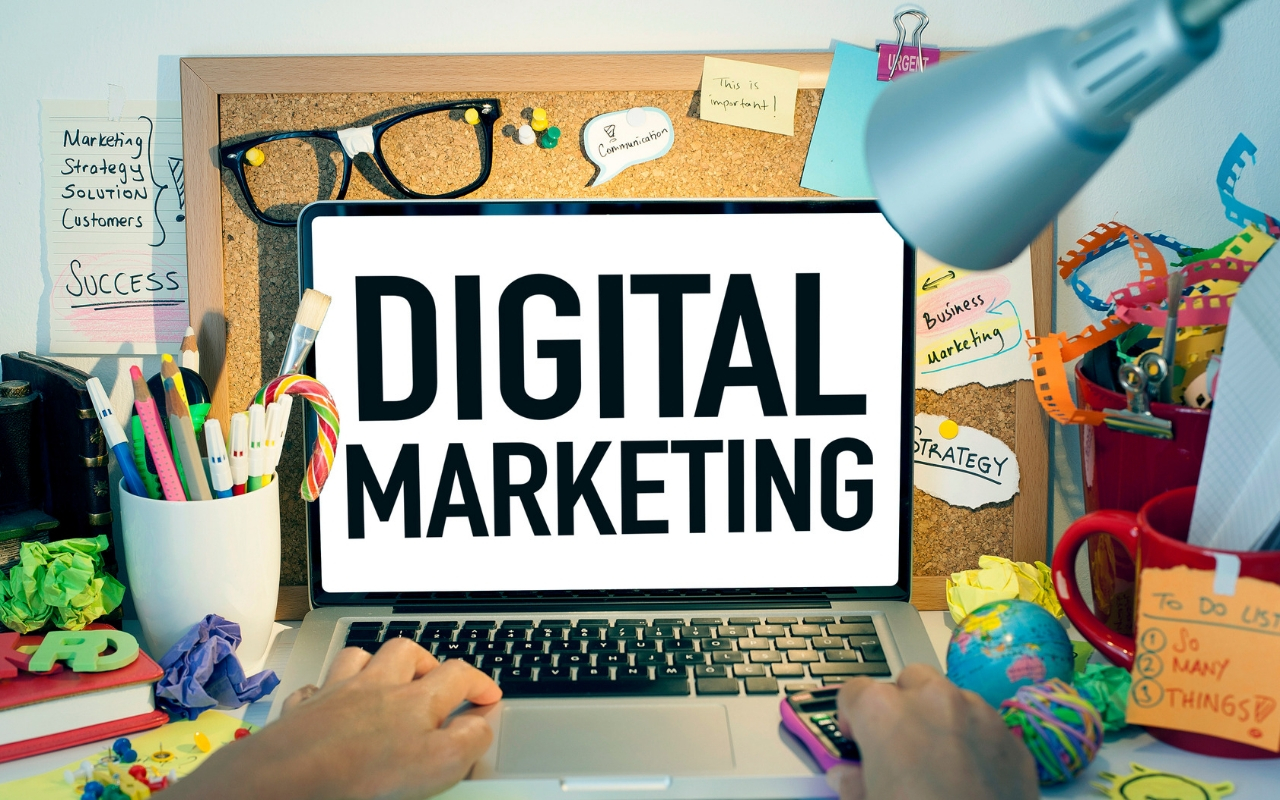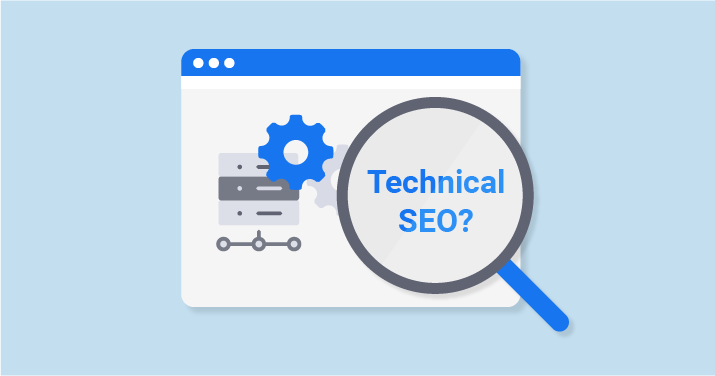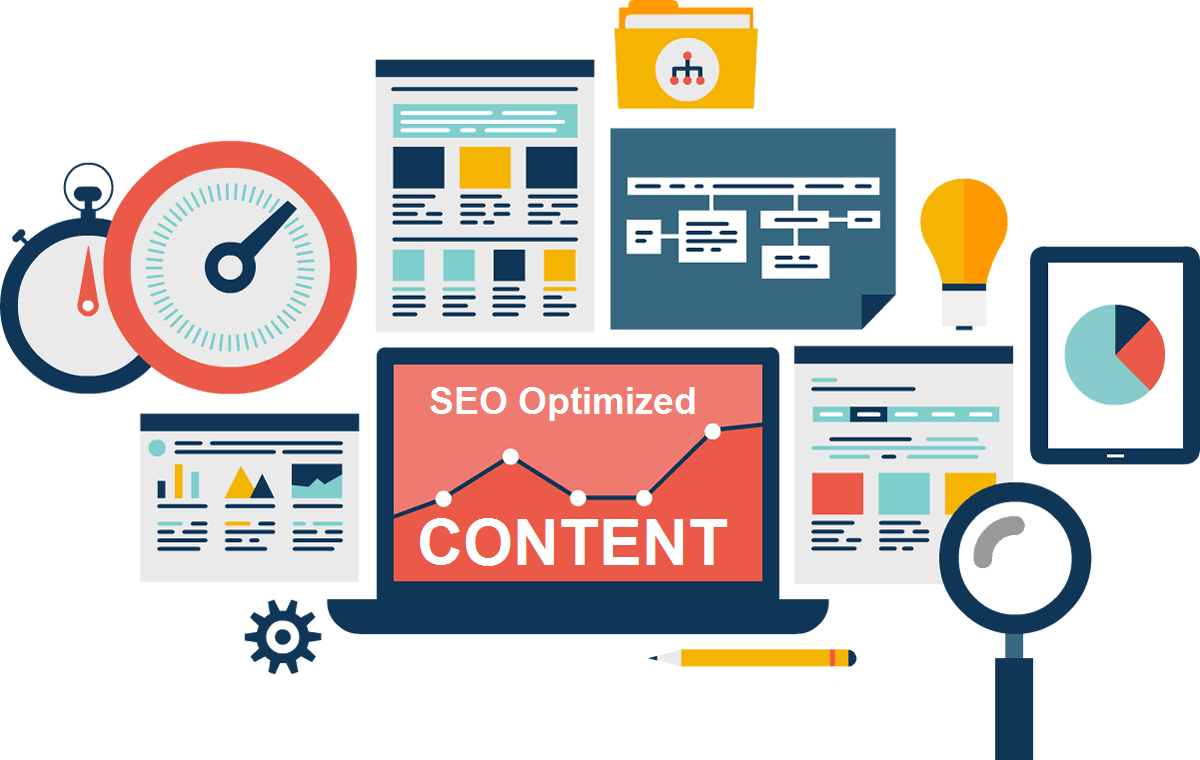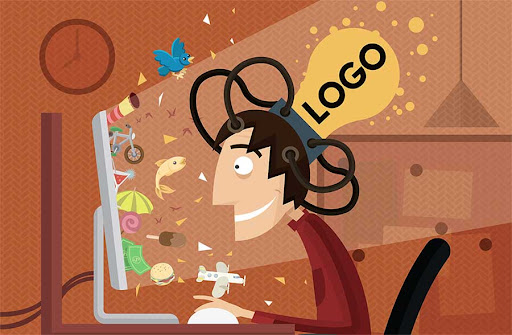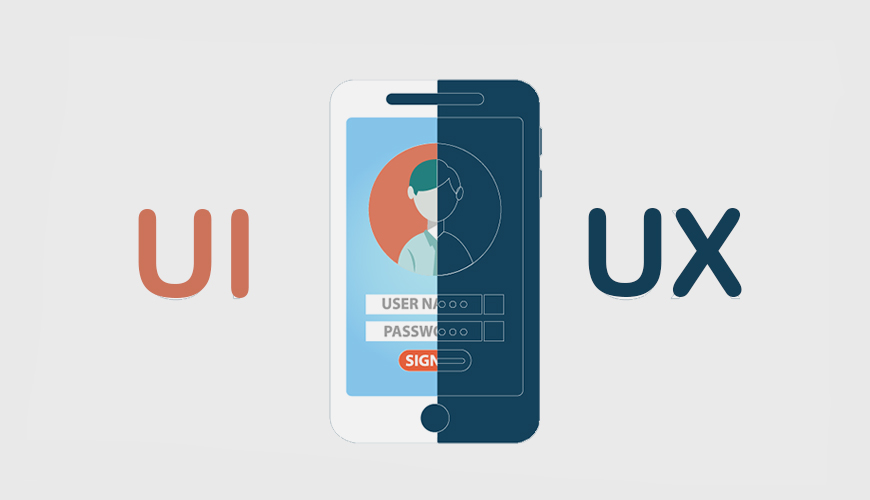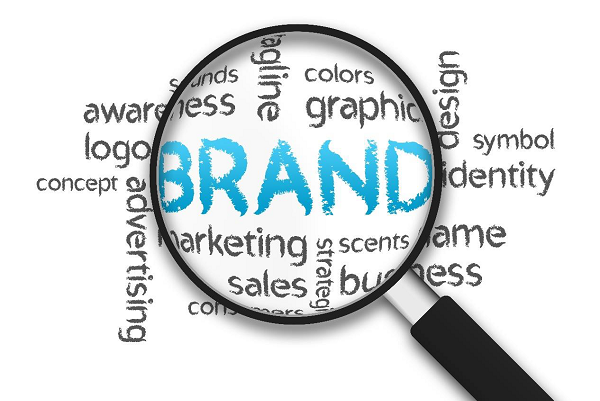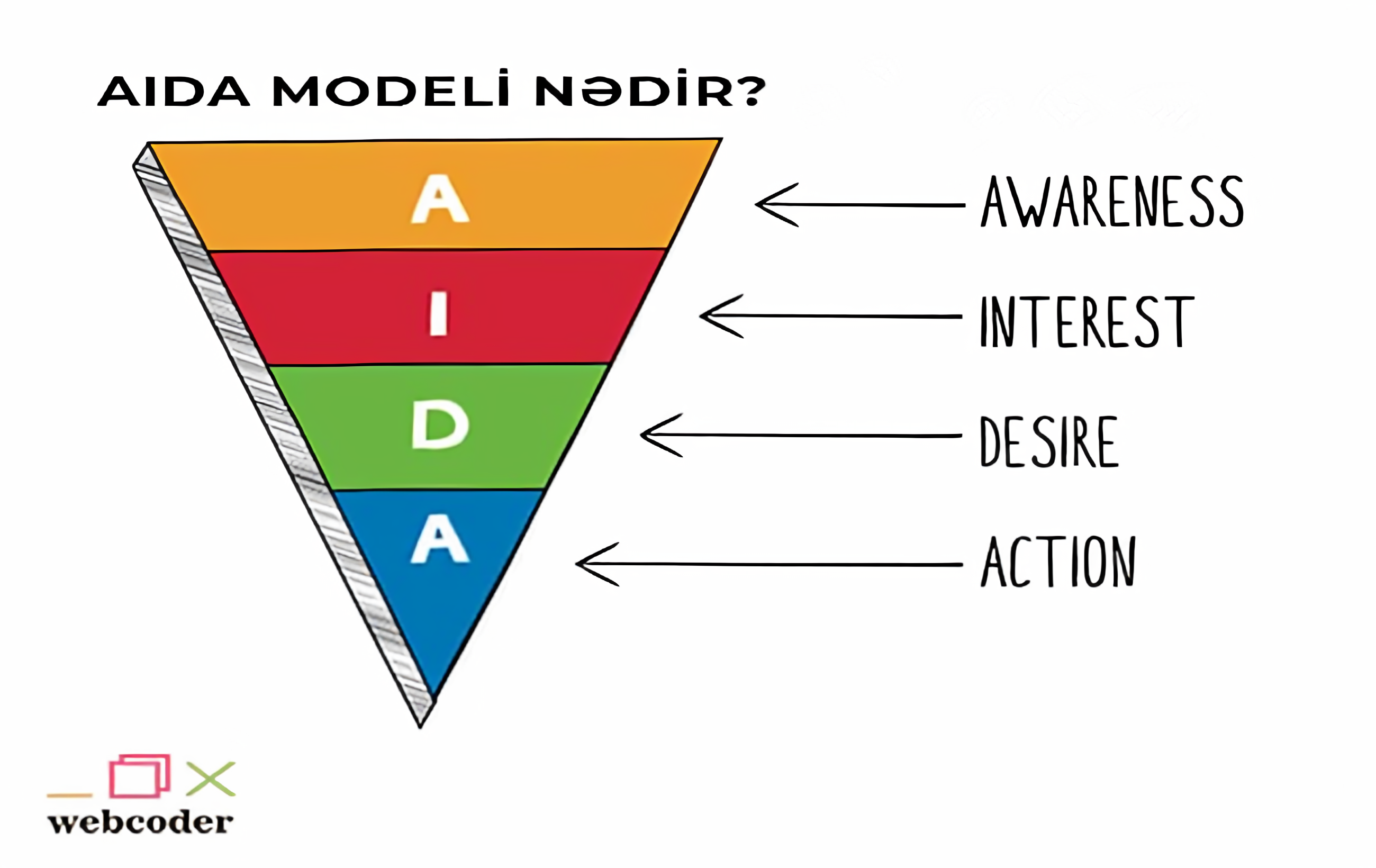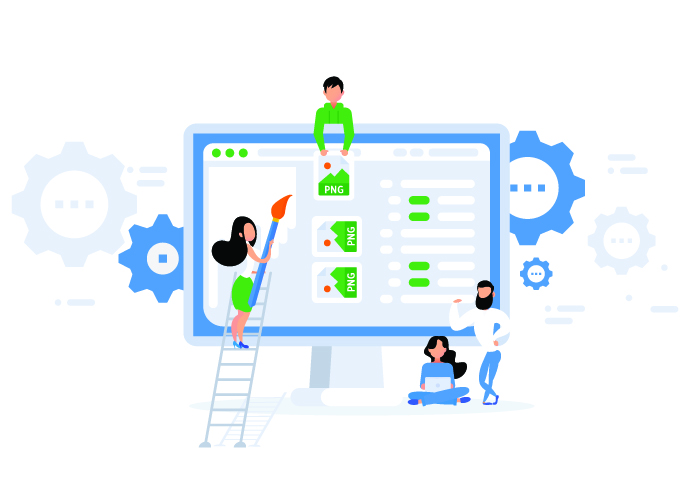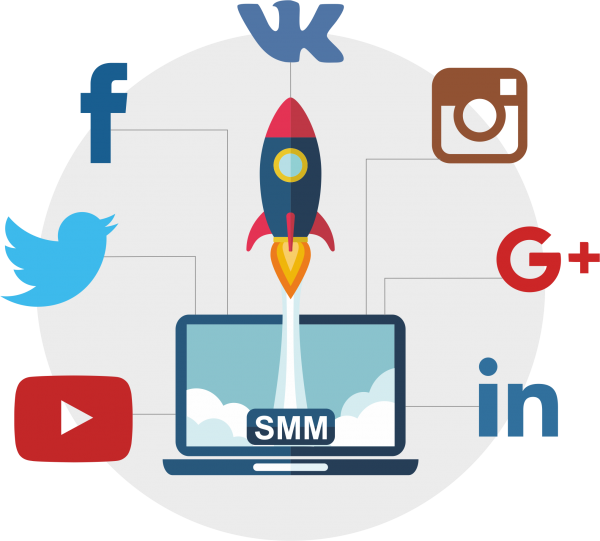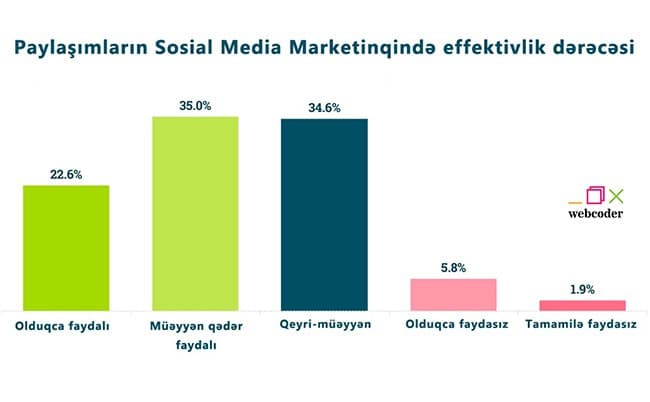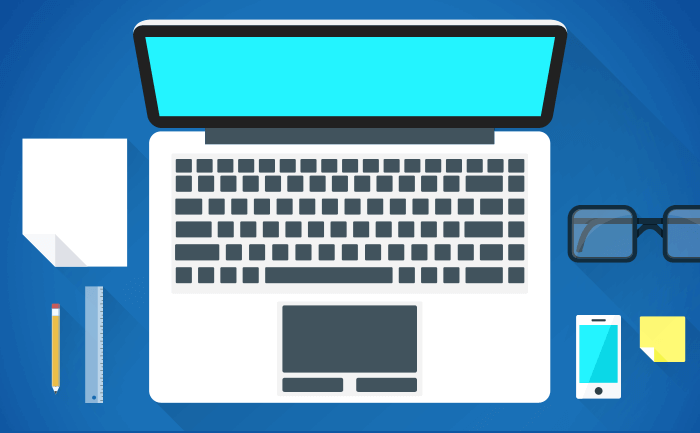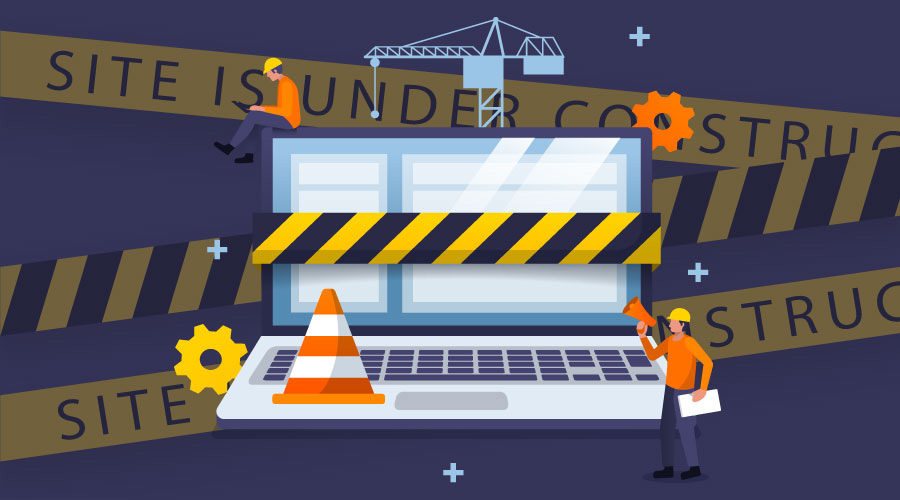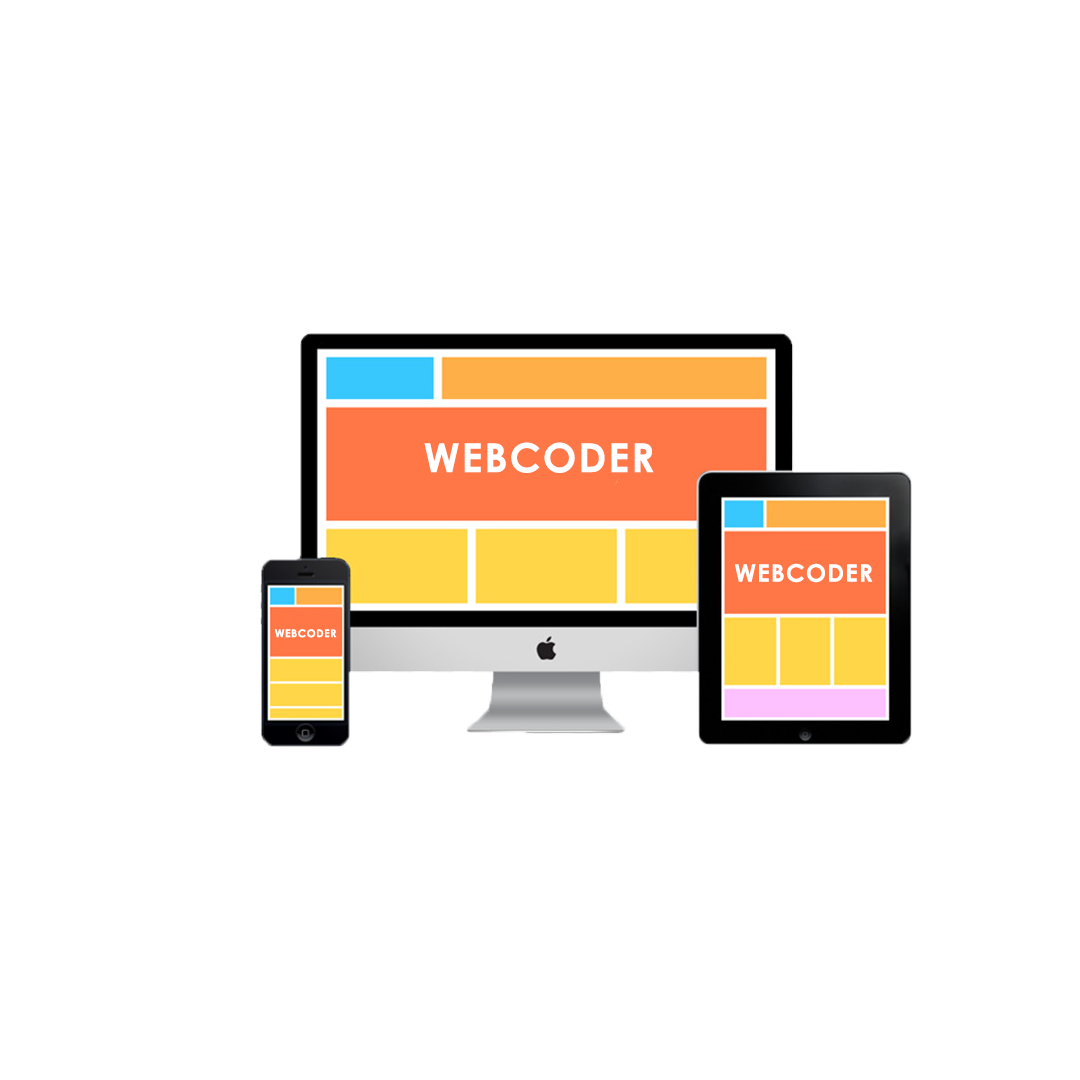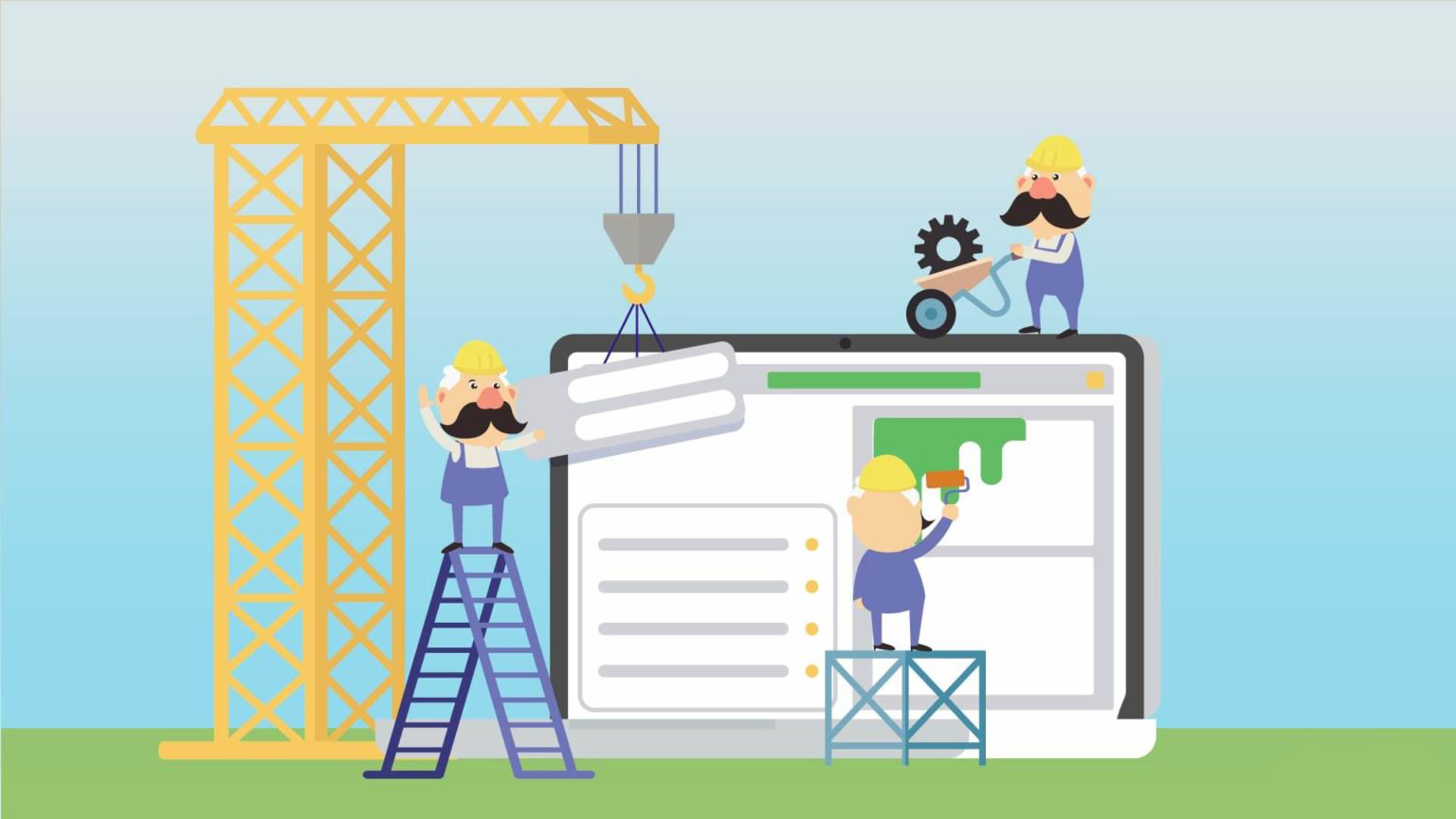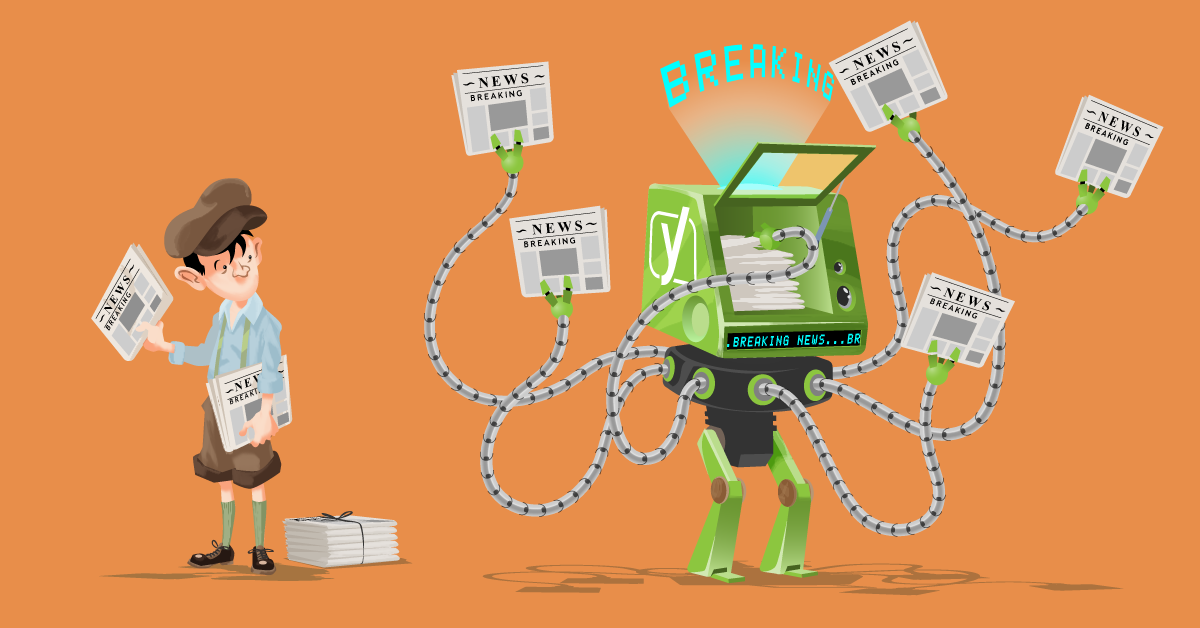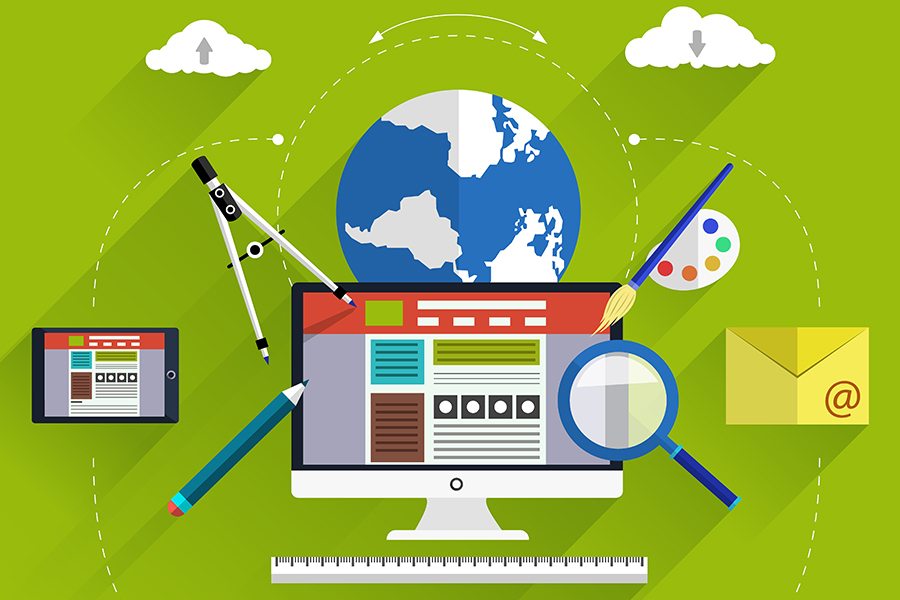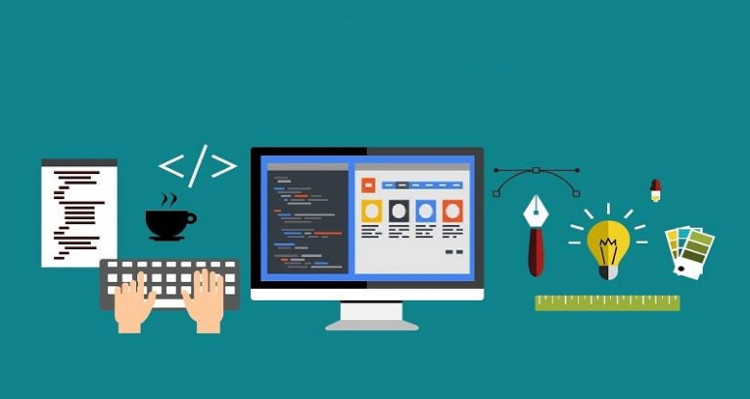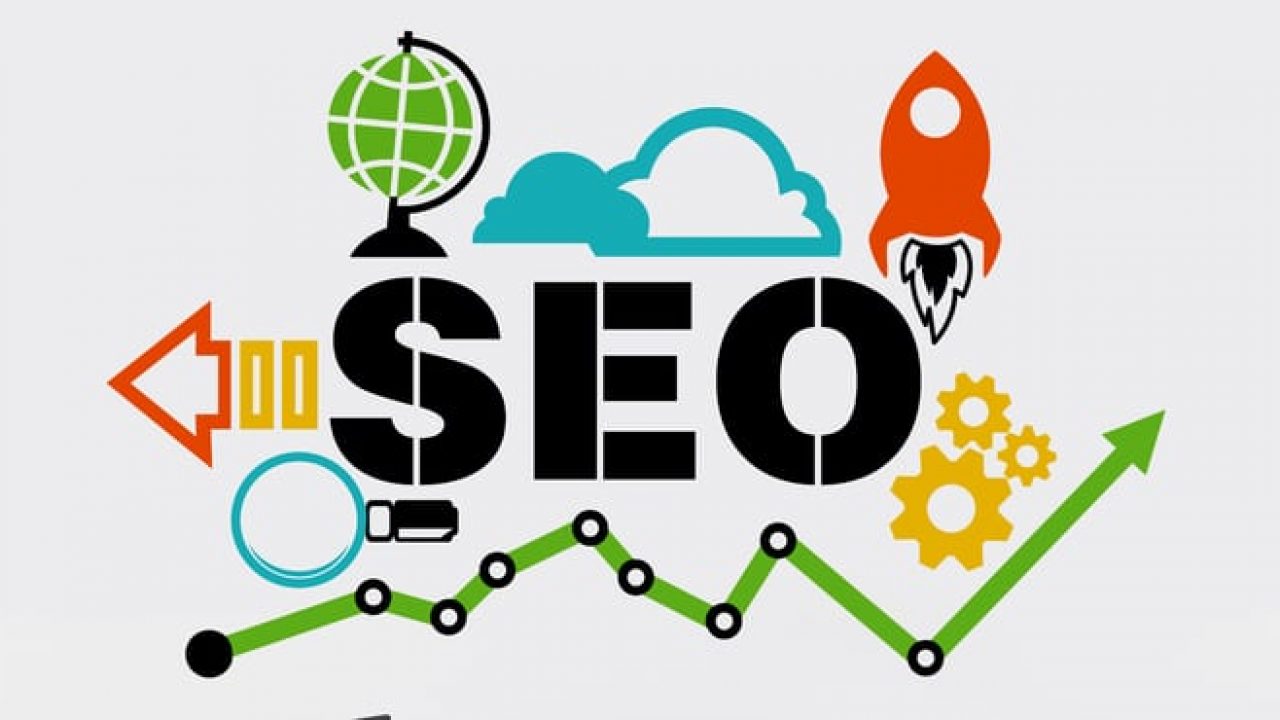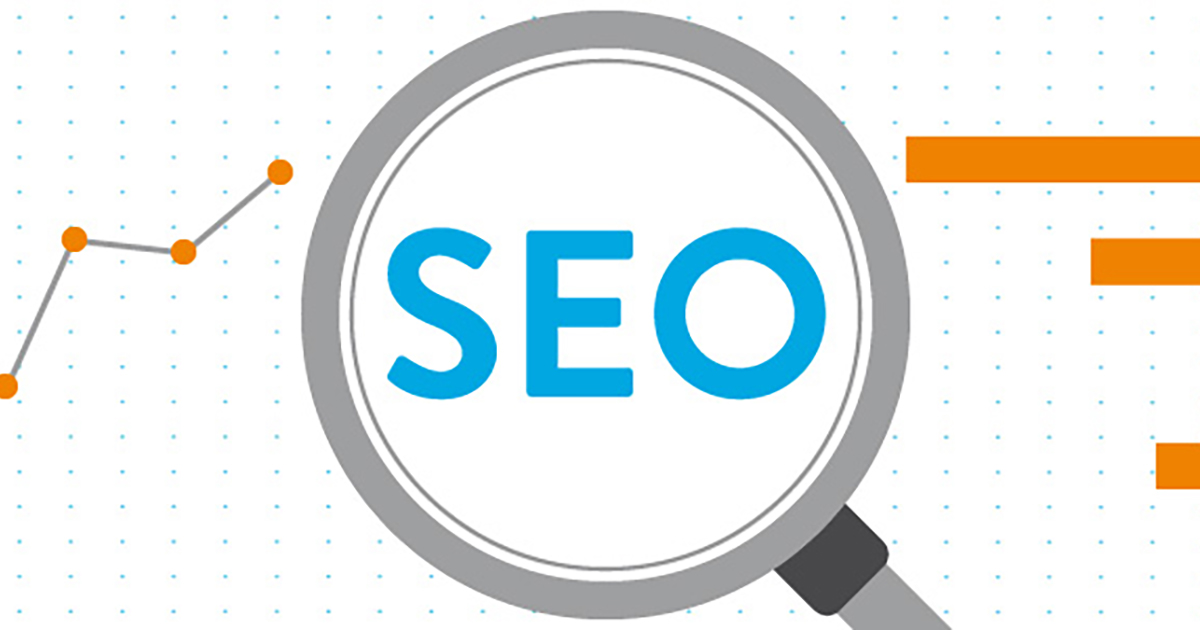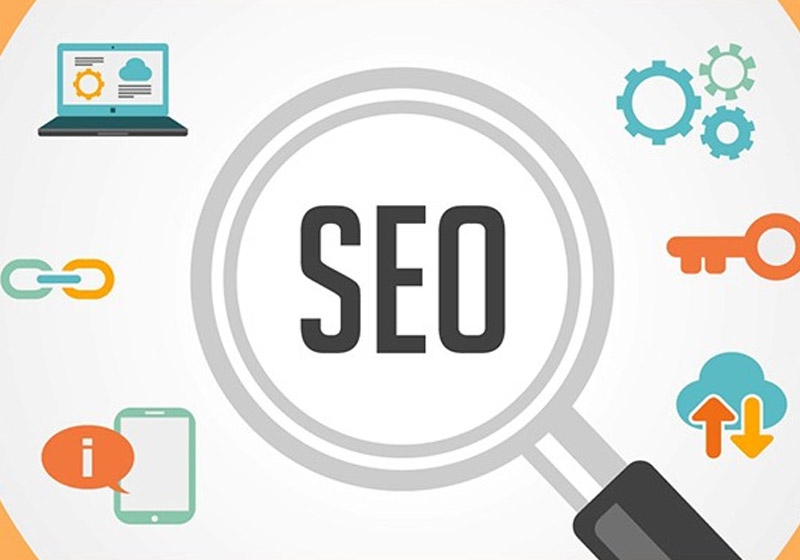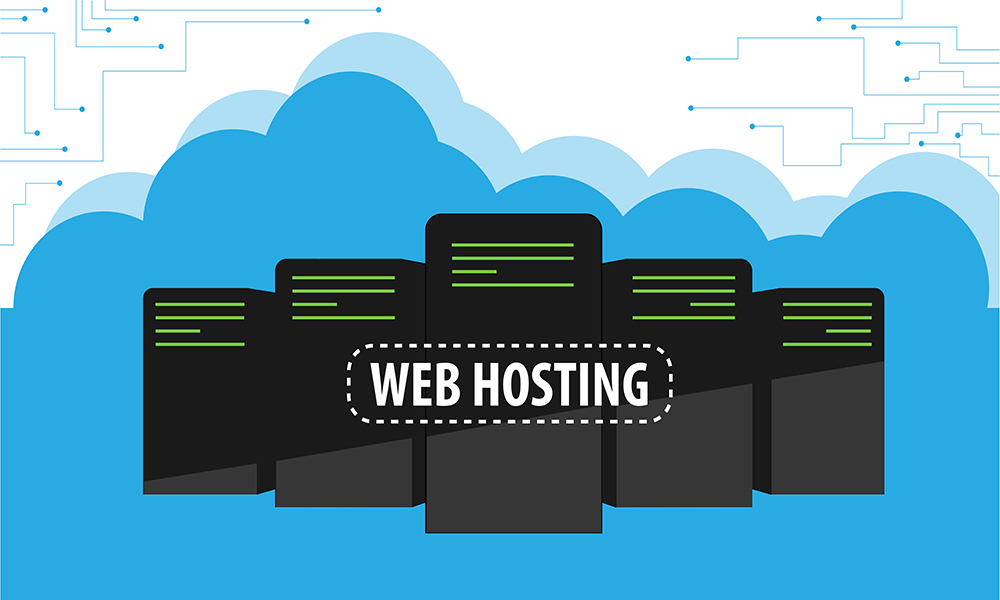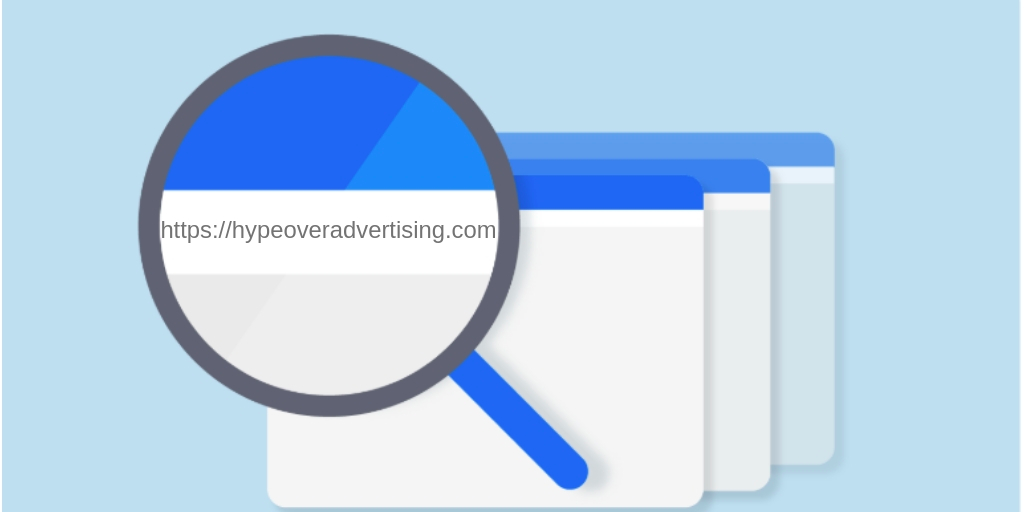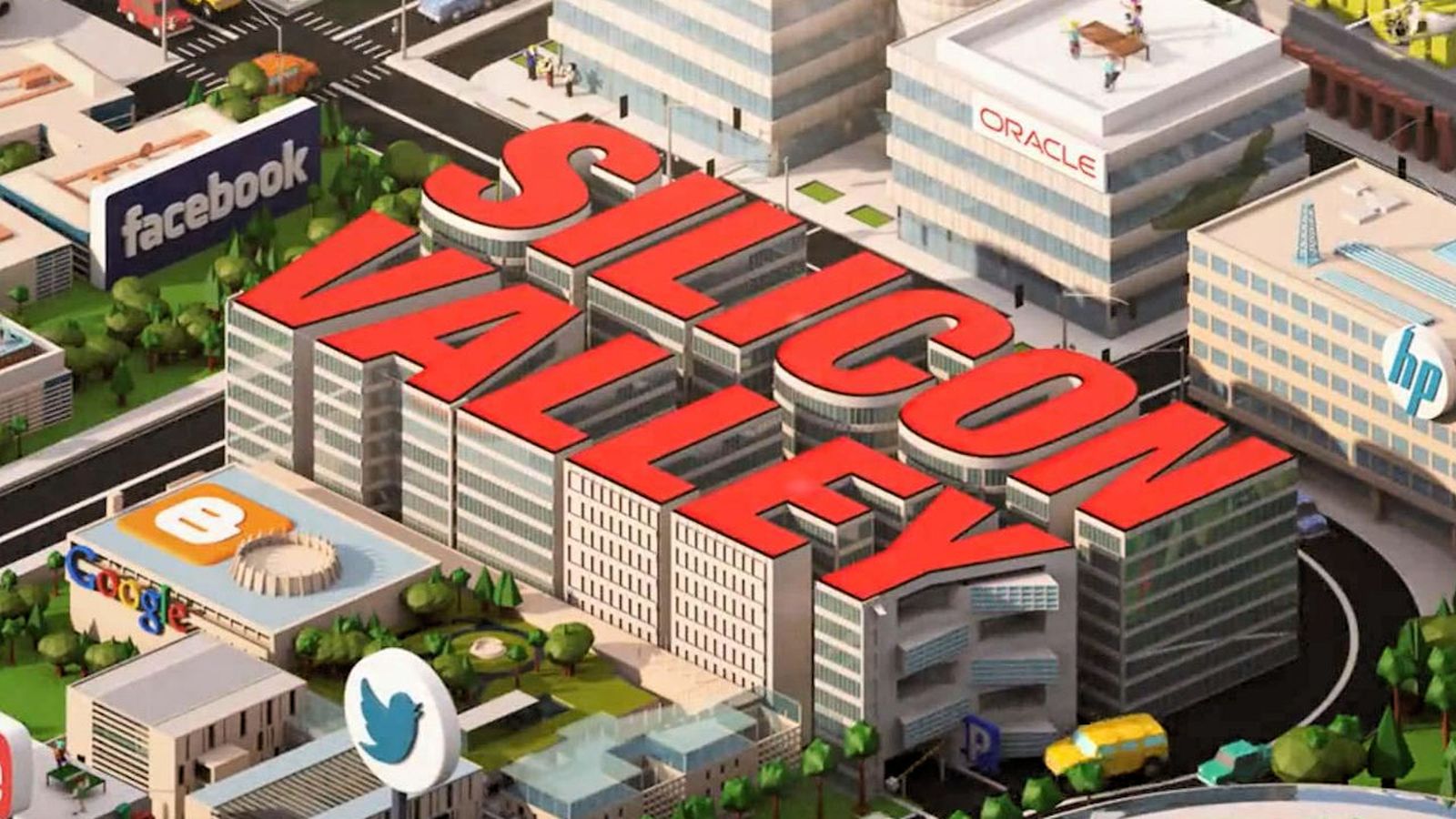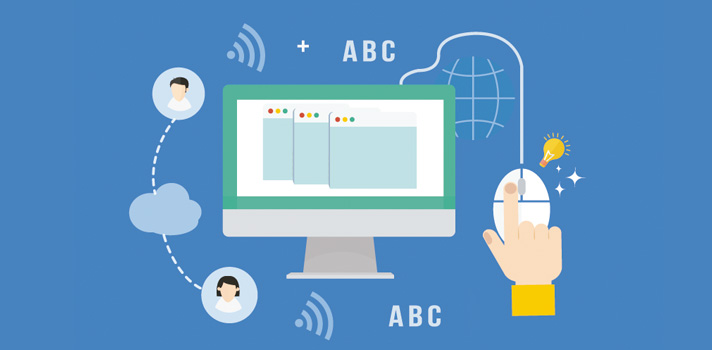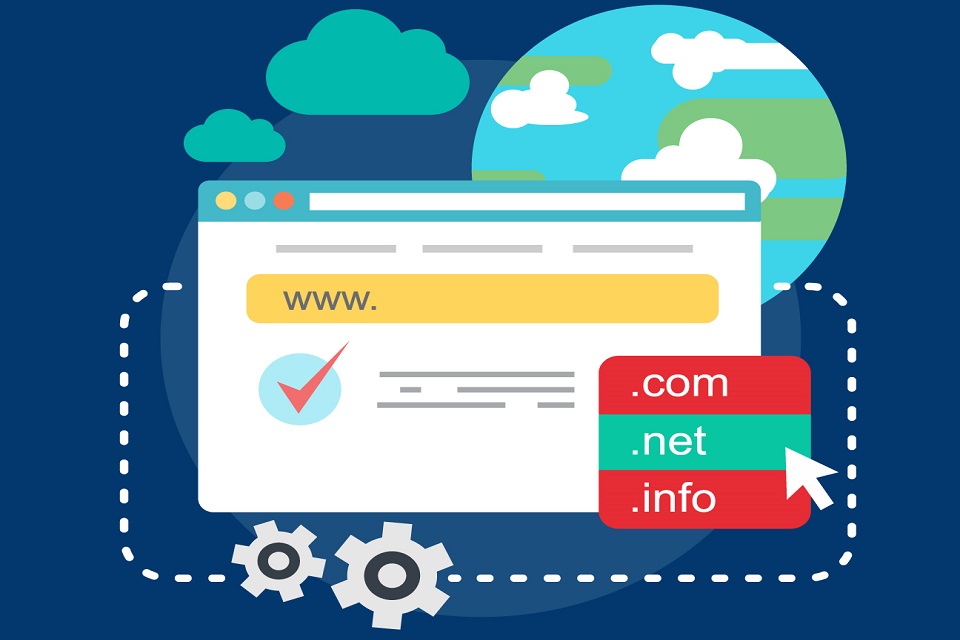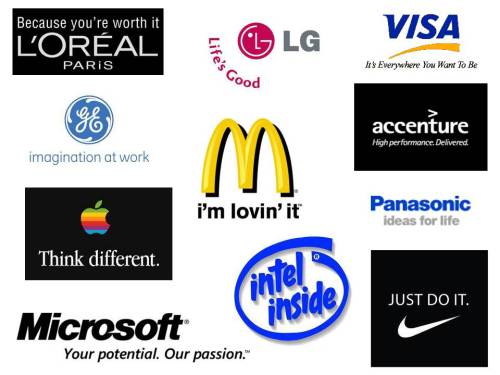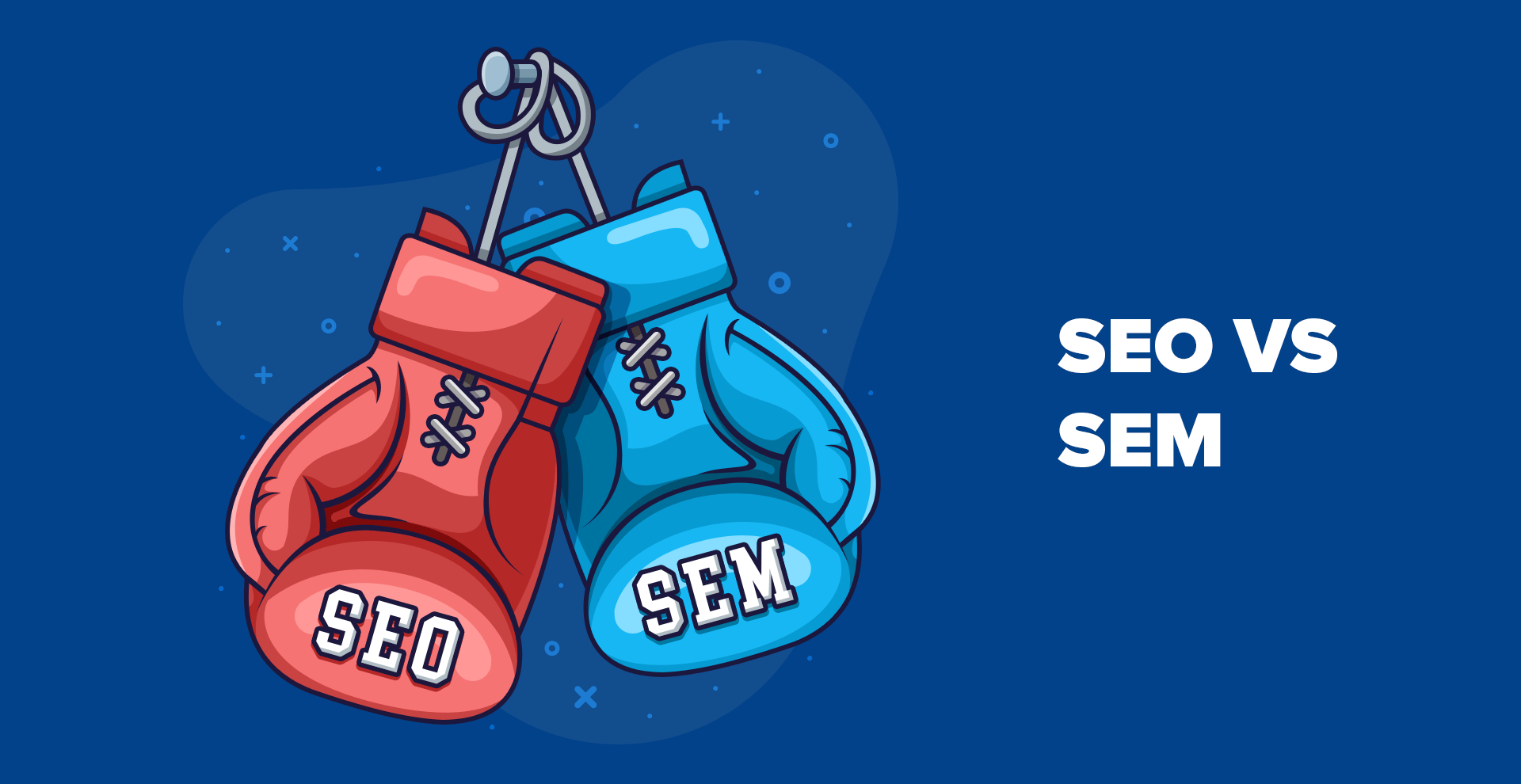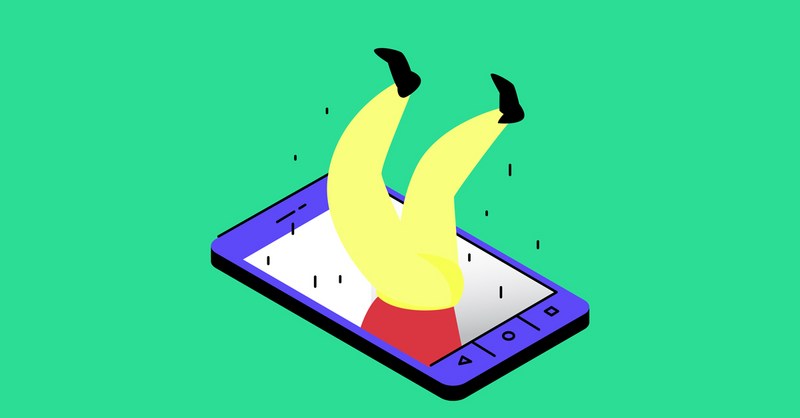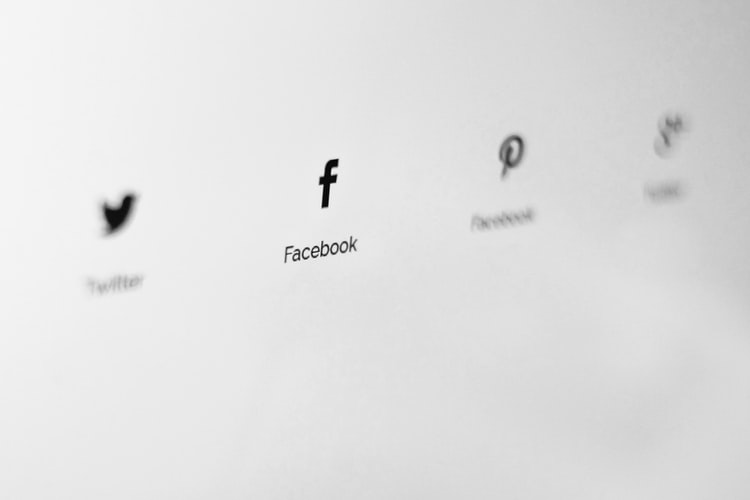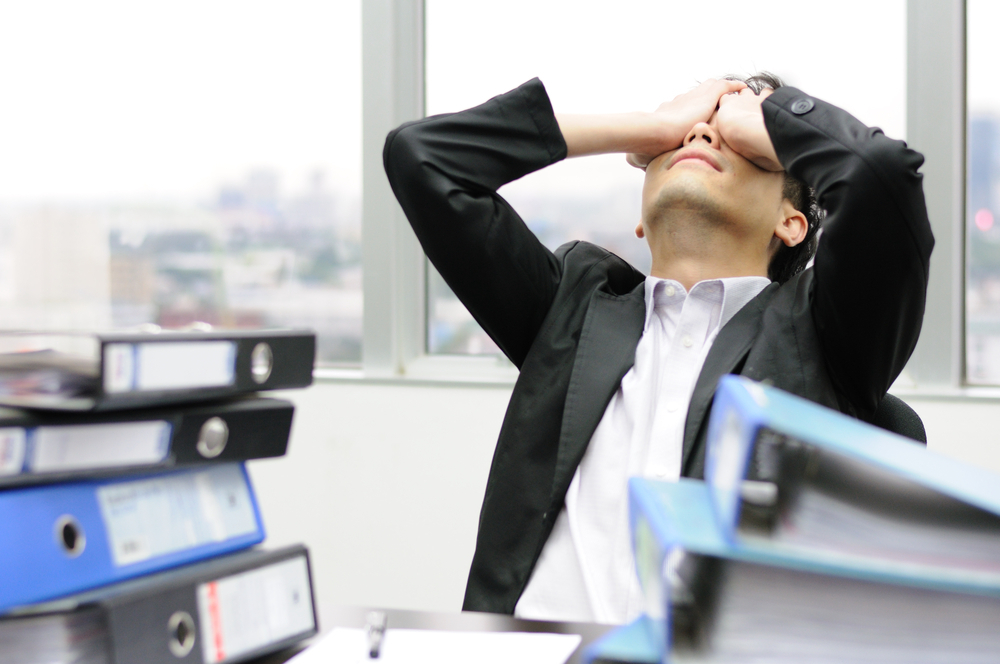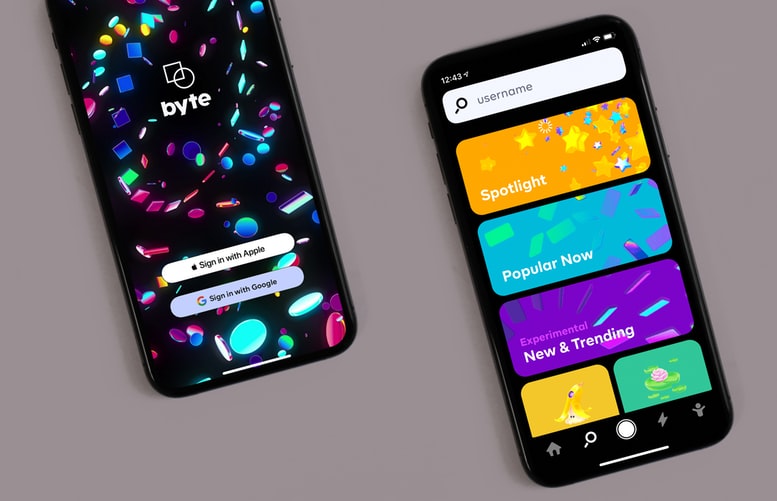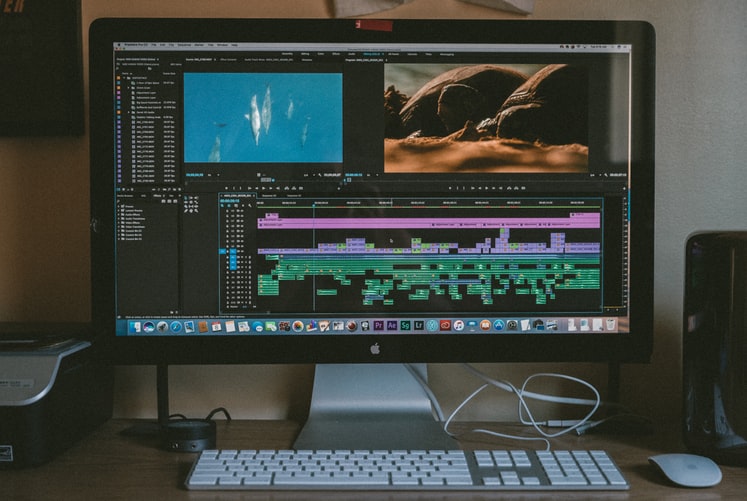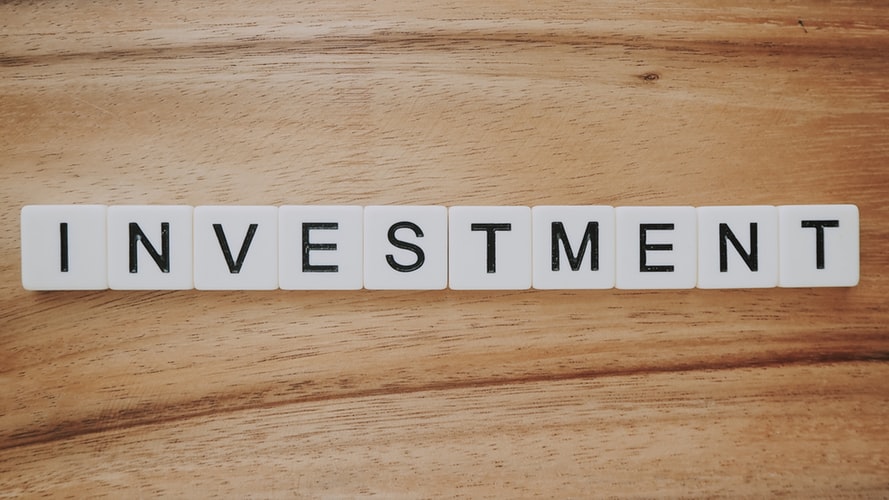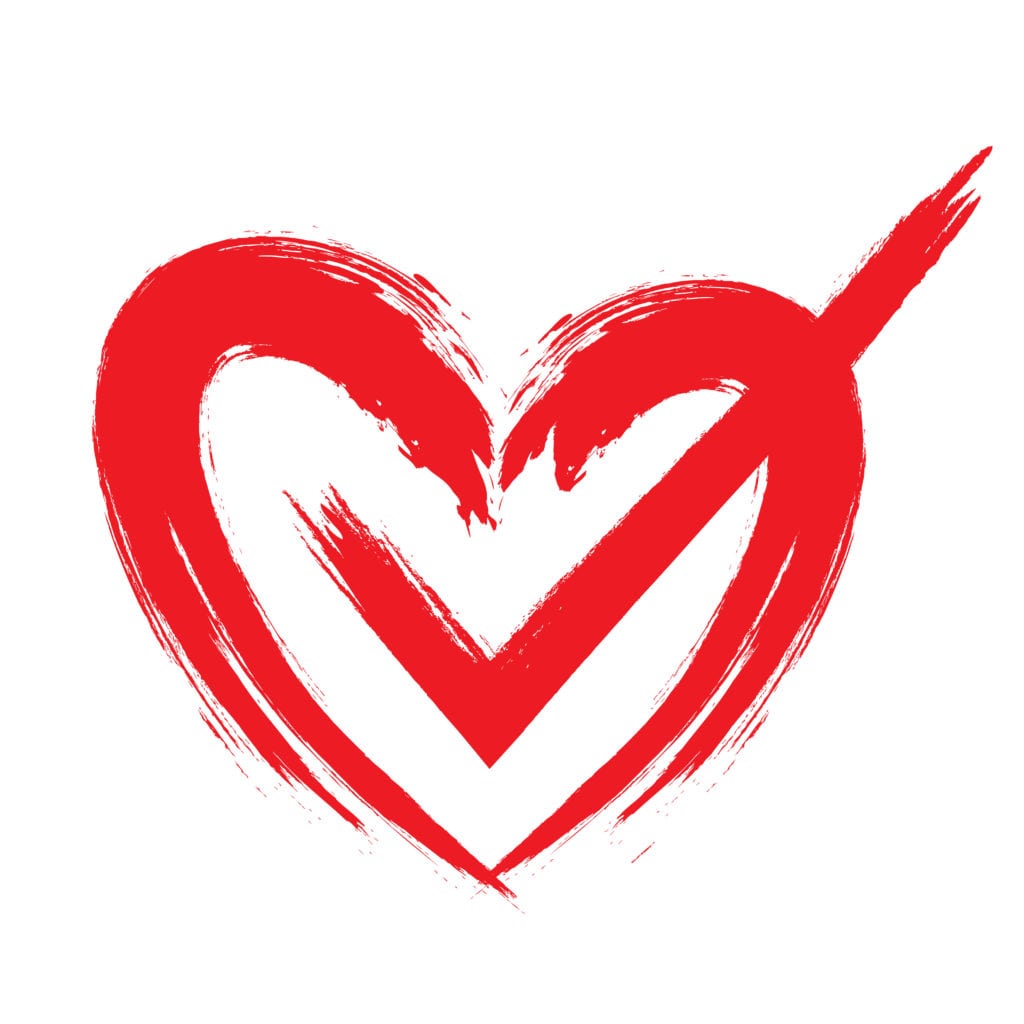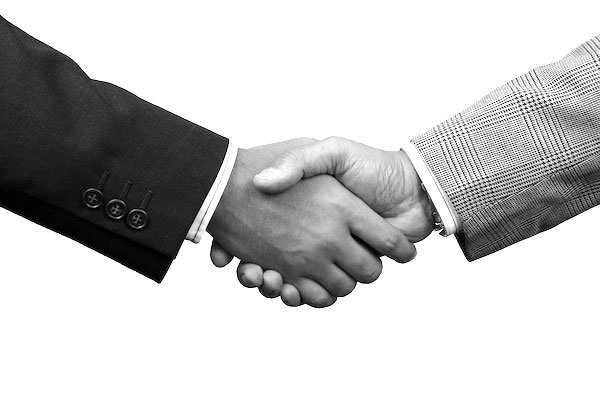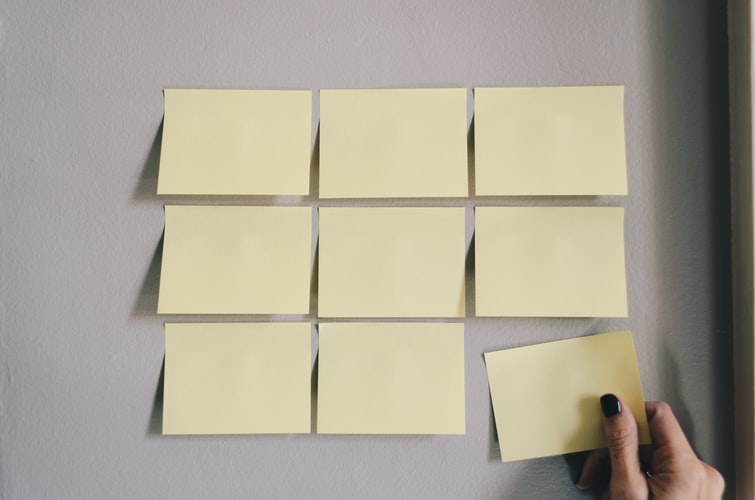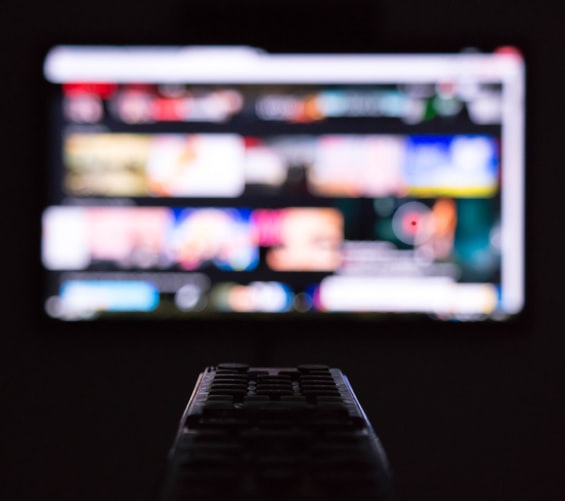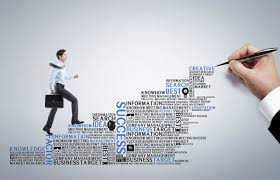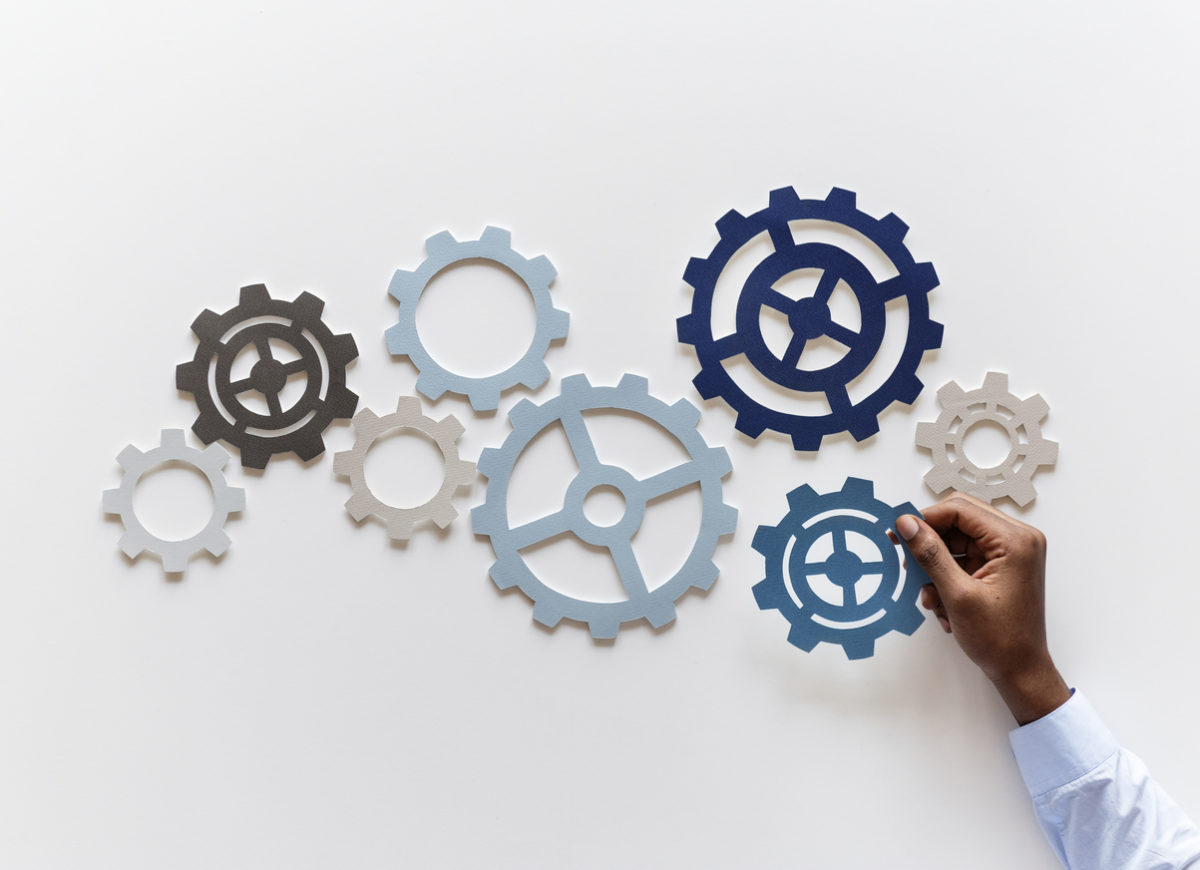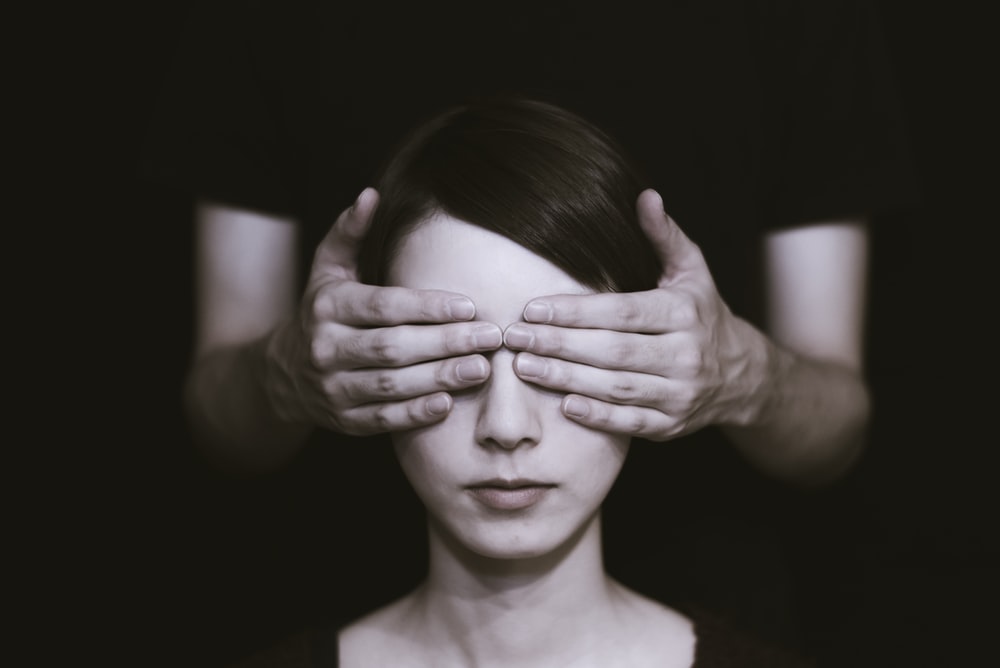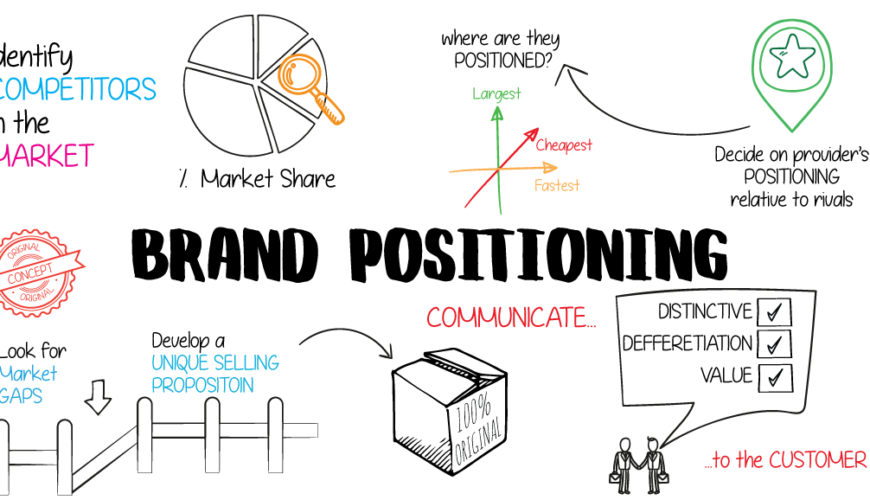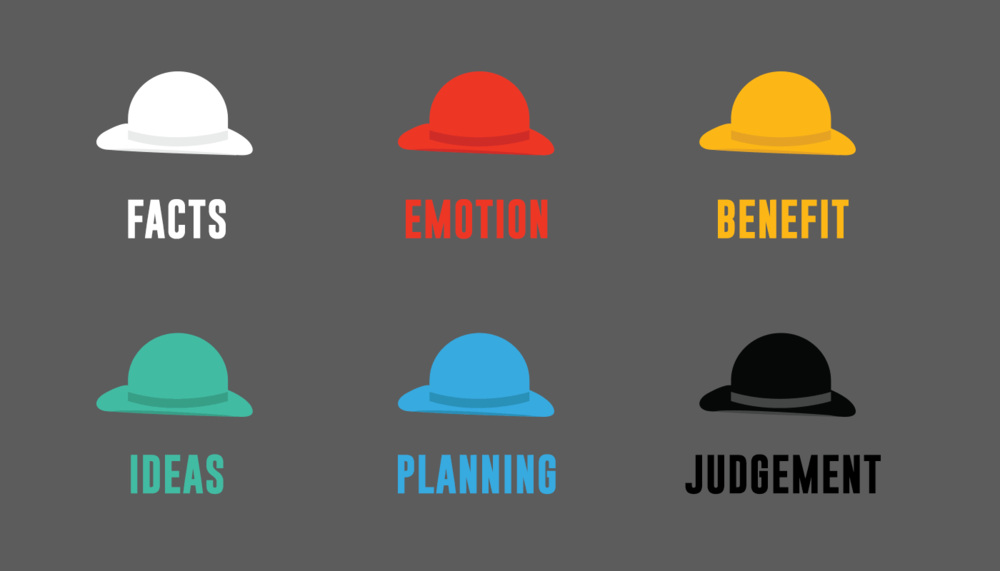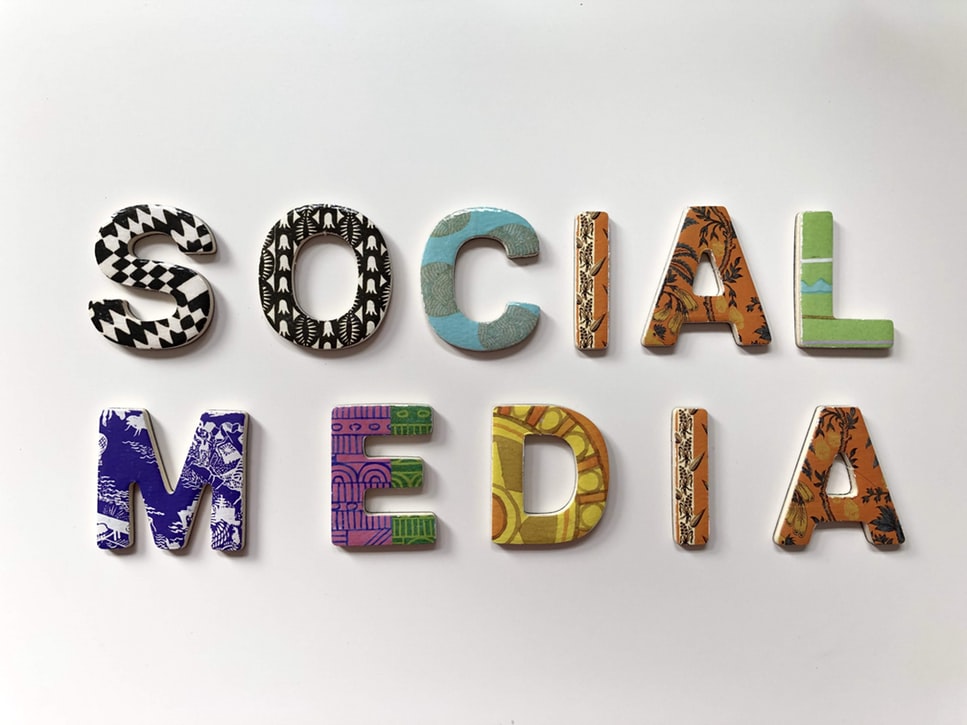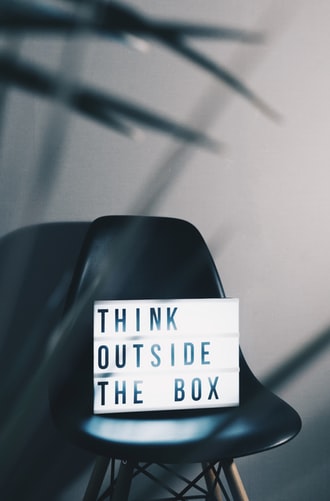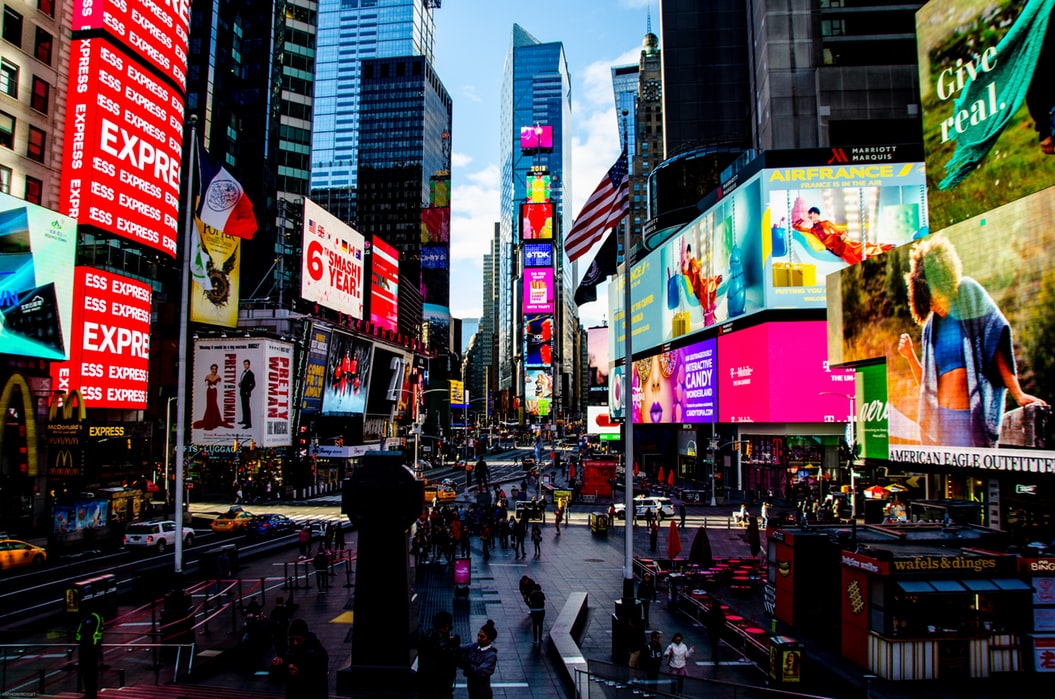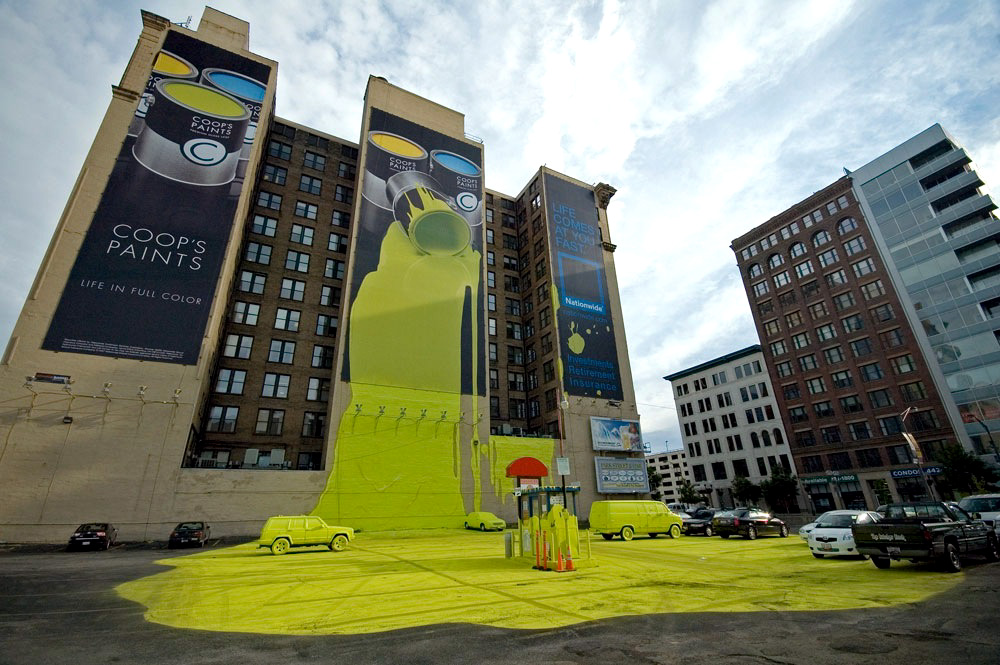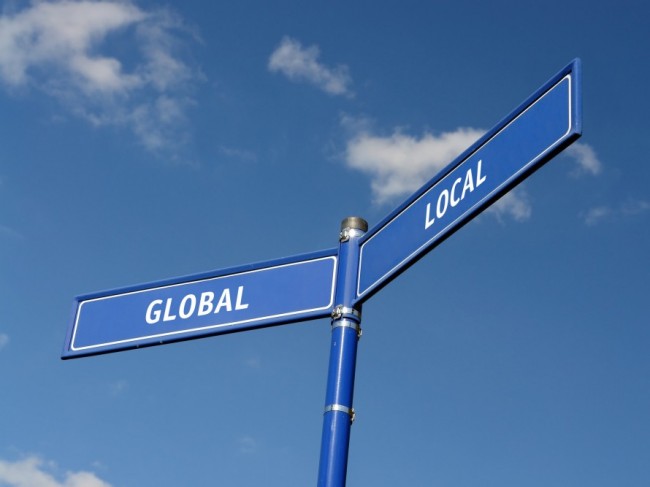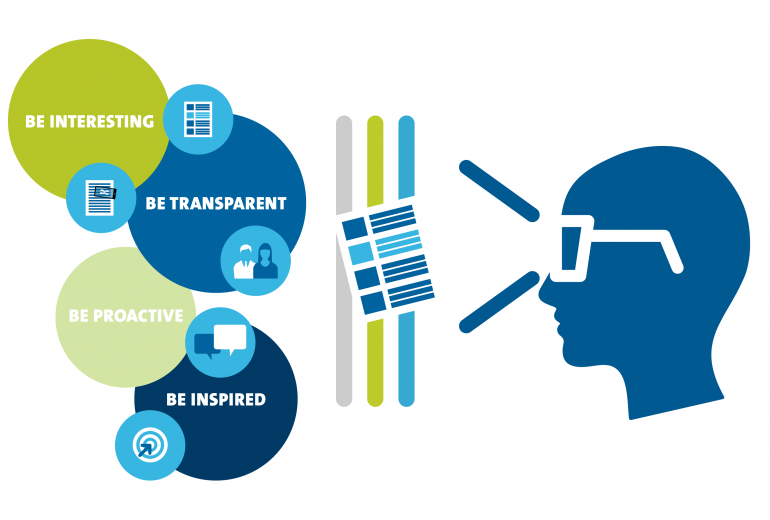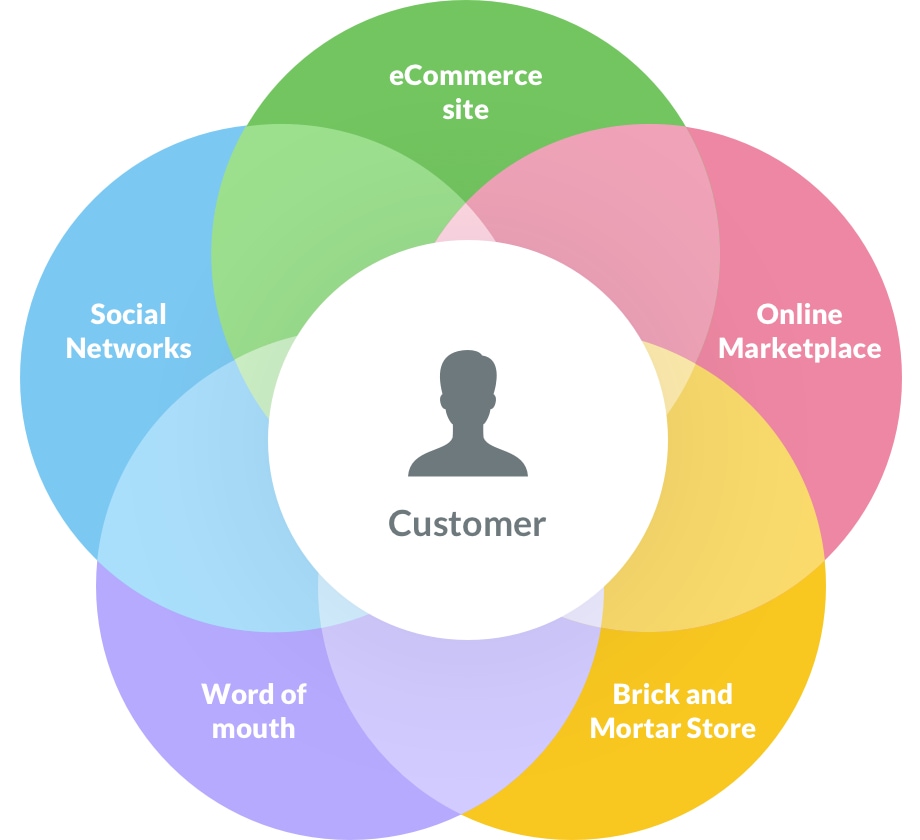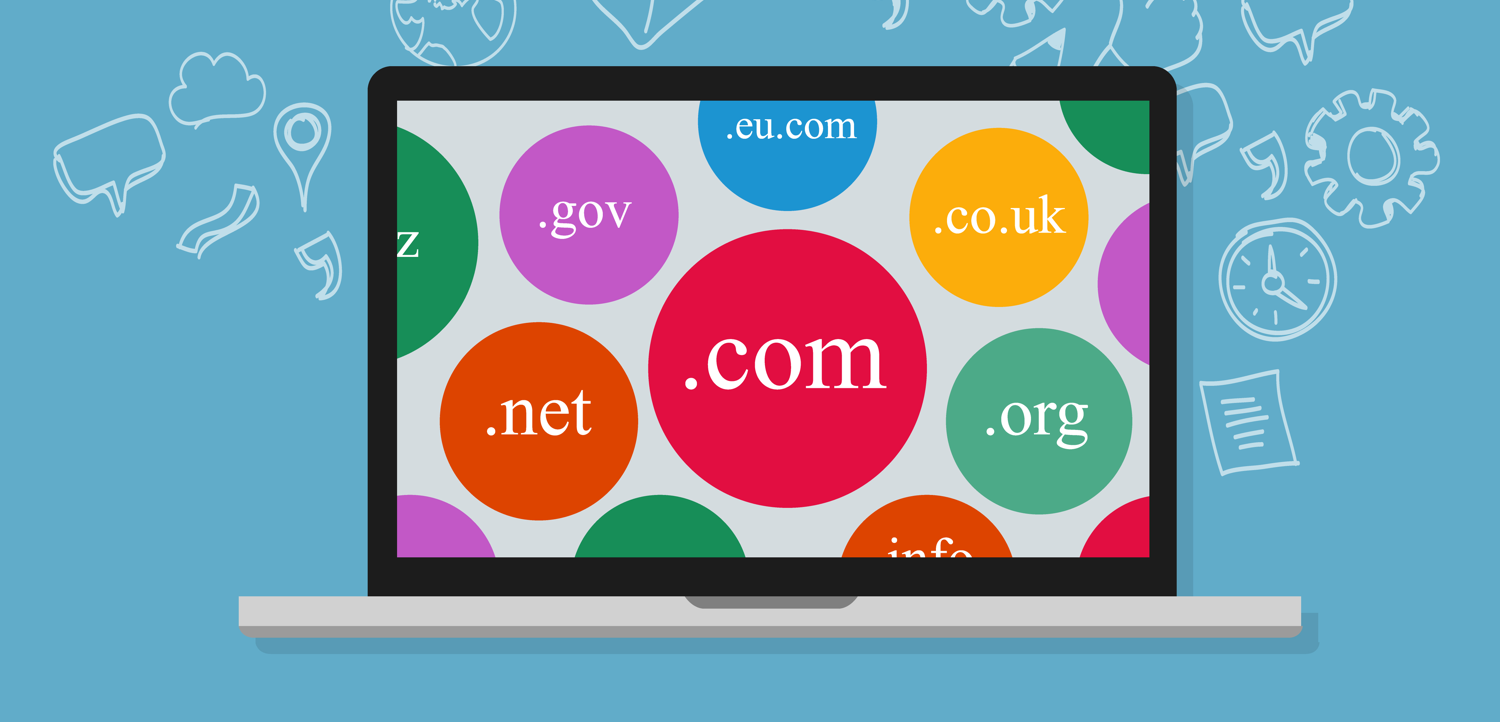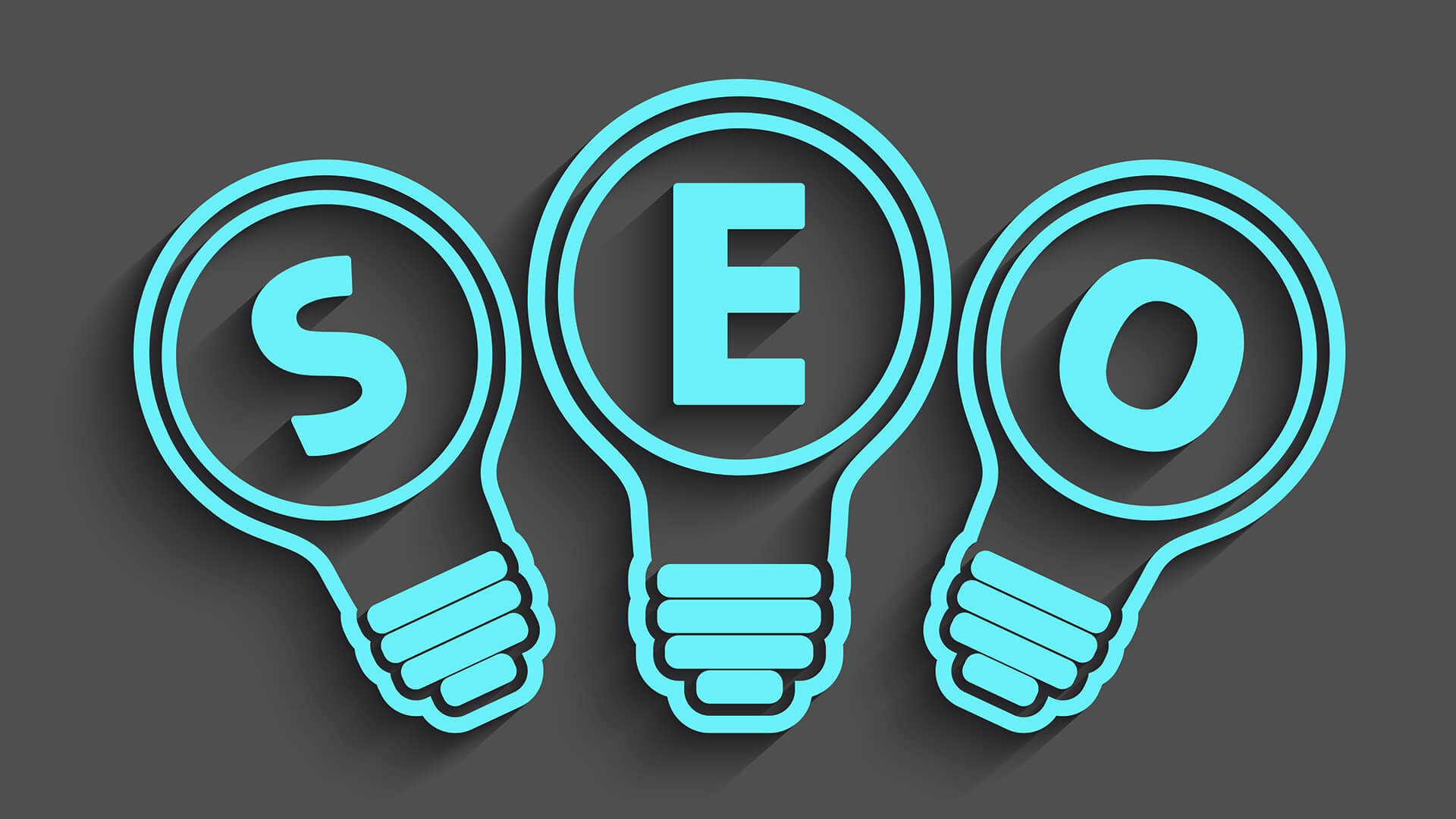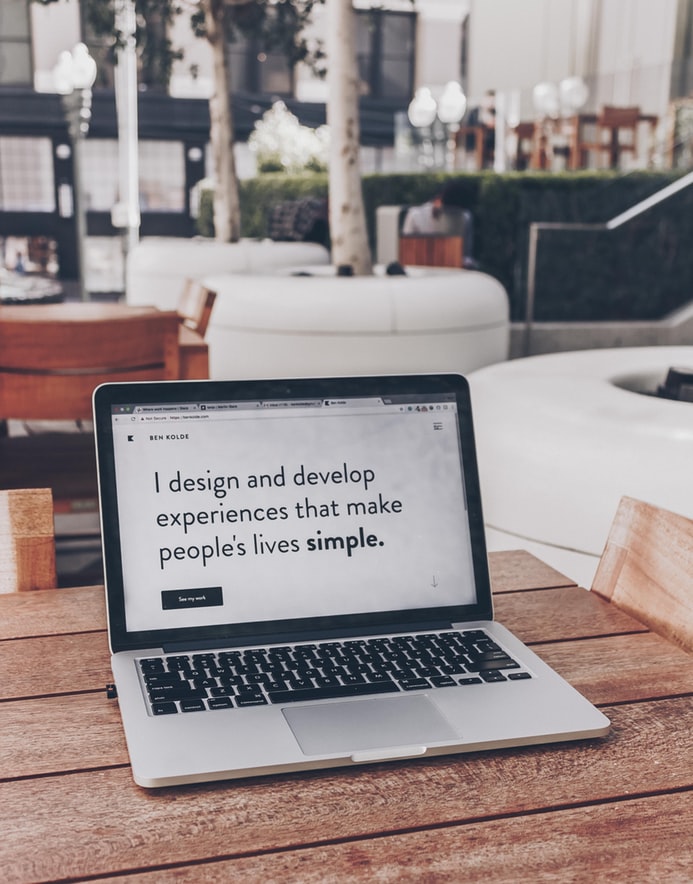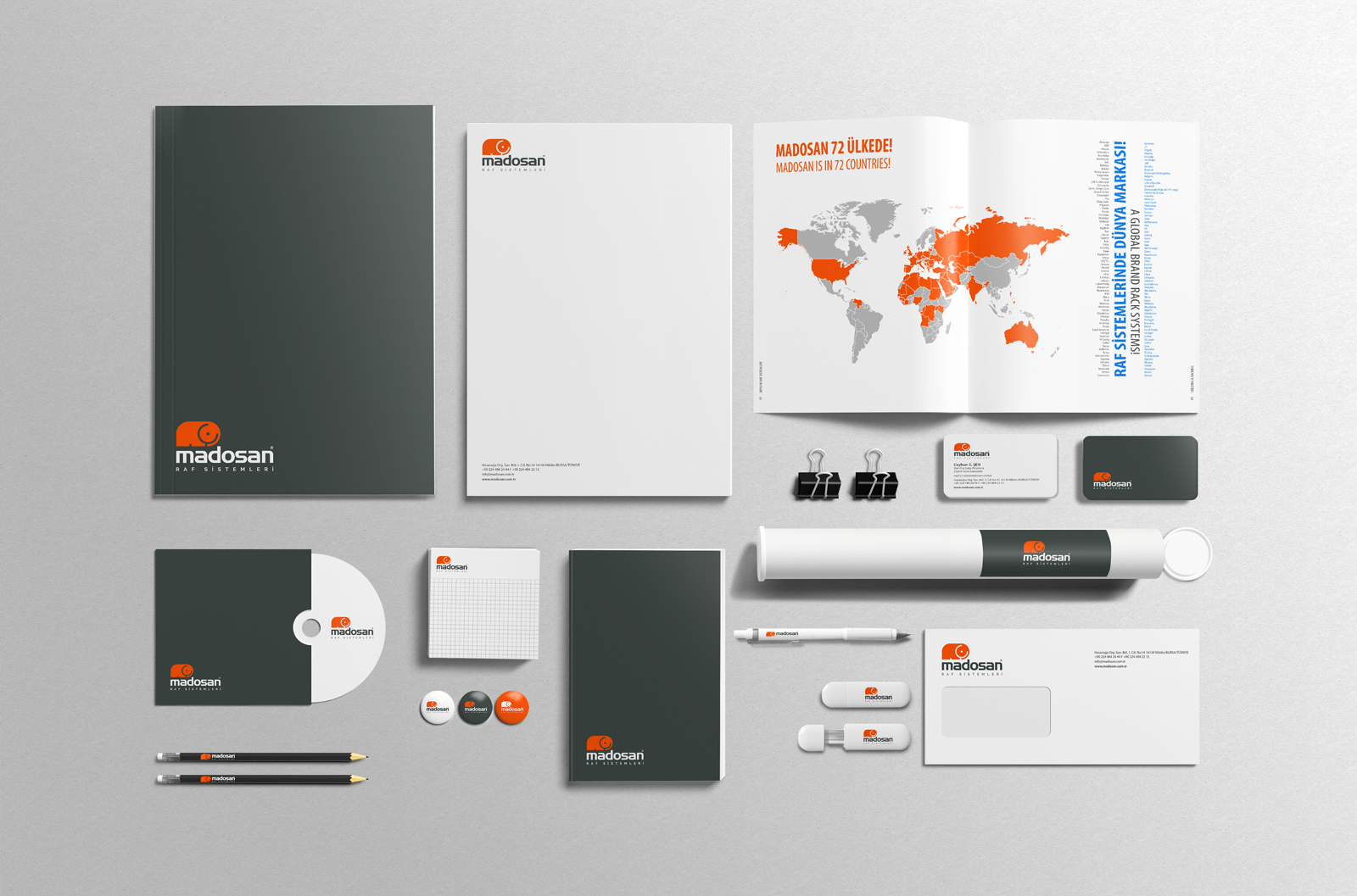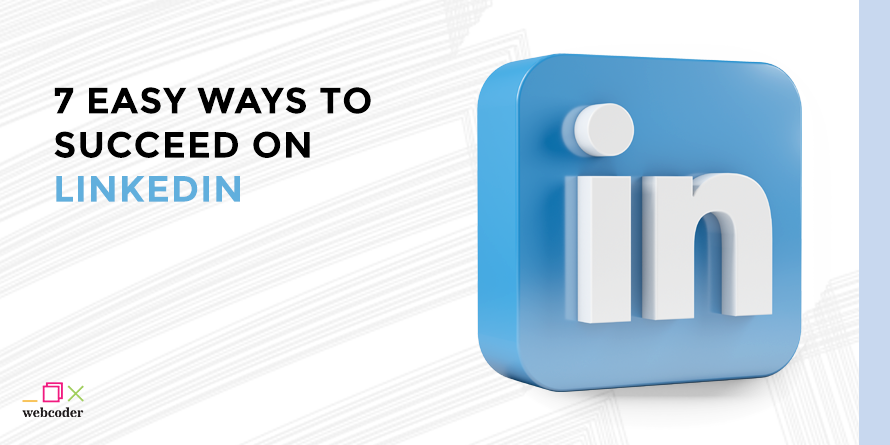
7 Easy Ways To Succeed on LinkedIn
Did you know that LinkedIn, a popular social networking platform in recent times, was actually launched before Facebook, Twitter, Snapchat, and Instagram? Linkedin is the largest business-oriented network of professionals. This platform has more than 500 million members in more than 200 countries. If you make a connection with a professionally edited Linkedin account, you can get new opportunities as a business owner or as an unemployed person. Linkedin allows you to showcase your profile, experience, recommendations, and contacts. Employers can look at your LinkedIn profile when they want to take a look at your skills and abilities. That is, your account can create an initial professional impression of you, as well as gain credibility in the business world against you, your business and highlight your achievements. In this blog post, we will speak about 7 ways to grow easily and without wasting time on the Linkedin platform.
1) Build a strong foundation − Linkedin's profile professionally reflects your online presence. For example, when a potential customer searches for your name, your LinkedIn account is more likely to rank first in those search results. Therefore, the initial impression you create is very important. First impressions can mean even the smallest details in profile information (your own shares, your reaction, and comments to other people's shares, group discussions you participate in, etc.). Similar requirements are demanded to your "job status" on LinkedIn. Want to look professional? You must constantly update your work status; you can work on yourself and enrich your account with new "activities". In summary, complete your profile to have a professional image, share media files that demonstrate your ideas and professionalism, and include social account links so that your customers can easily find your other social network accounts. Don't think of creating a profile with a strong foundation as a one-time job - just keep going.
2) Be reasonable when creating networking − Never limit your connections; if an invitation is sent and the person has a professional profile (with a photo), do not hesitate to contact. If it makes sense to connect with people from a personal or professional point of view, then build a smart network. Maybe you don't need all these connections today but 5 years from now? Invest in your network now to lay a solid foundation for the future. Relationships with people from different spheres of life can open doors for you at any time and create opportunities you never imagined.
3) Always spend time and value your account − it's the most accurate way to attract new customers to your business. If you want to stand out and be memorable on LinkedIn, you need to be constantly active. Giving value means that you always share the best and most relevant content with your connections. Share content that can motivate, inspire, and help your network members solve their problems, feel better, or achieve more in their lives. In addition to general topics, from time to time it is important to share content related to your field. Thus, you will be able to present yourself as a professional in your field. If you really want to look like an expert, you have to publish your opinions. Because at the end of the day, it's more important to be recognized as a marketing influencer on LinkedIn than a marketer. By staying active and sharing quality content, you will help your connections rise to the next level in their personal or professional lives.
4) Promote others − Helping network members is a quick way to grow your network and business. The problem is that most people don't pay attention to this aspect of networking because they just want to sell their products. Introduce your contacts and connect them appropriately through acquaintances, recommendations. You can start by analyzing your network - you can identify people in your network who can benefit from each other. Or organize meetings or small group events with your connections. Bringing people together is a very important skill and makes your position as an influencer. Also, try to get to know your contacts in public, appreciate them in a good way, and congratulate them on their achievements. Such activities are very important for others, and as a result, you will achieve business success for yourself.
5) Don't hesitate to interact with Linkedin members. This is the most important tip for success on LinkedIn. If you are going to be an introvert on this social network, none of the tips listed above will work. If you build deeper relationships with the right people in your network, you will see that your influence will increase. It is based on many criteria, such as leadership, credibility, approval, and influence. Try to connect with contacts. Think about the questions you can start a dialogue with your network members and the comments you can share. Starting conversations encourages others to get involved, which opens the door to expanding your network with people you've never met before.
6) Use the Linkedin algorithm − When you log in to Linkedin, you immediately see some posts, while others are sometimes hidden among other content. Make sure your content is seen by others. It is enough to know how the LinkedIn algorithm works. Linkedin's algorithm works with 3 different filters:
· Quality − shared content should not be spam. Otherwise, LinkedIn bots will delete your content immediately!
· Interaction − your activity is measured by the likes, comments, and shares your post gets. You can even share a meme of a few words! The important thing is to make your connections smile.
· Credibility − Linkedin likes people who write good content. If you are new to writing, writing good articles over and over again will give you confidence over time.
Bonus: The more posts you have, the more Linkedin will promote you. You may not get a high enough engagement at first. But the more you share, the better the content will rank and the more it will be presented to users.
7) Prepare quality posts − LinkedIn posts should be in the form of a short summary, not as a long book. If you want to win a LinkedIn content game:
-
Write short and positive articles.
-
If you want to draw attention, use video content instead of pictures.
-
If you don't like videos, prefer pure text content.
If you want to get more traffic to your content, don't share it at midnight when everyone is asleep. If you like writing content at night, keep it till the morning! Ideally, choose the hours that people work - from 9 am to 5 pm.
As a result, creating a LinkedIn account is just the beginning, and it's helpful to review the above-mentioned tips to be successful along the way. You can think of LinkedIn as a place to showcase your resume or work virtually, but this network makes more sense than that. Filling in profile information not only helps people looking for you but also increases the probability that LinkedIn will show your profile in search results. Remember that LinkedIn always prefers "complete and natural" profiles.
